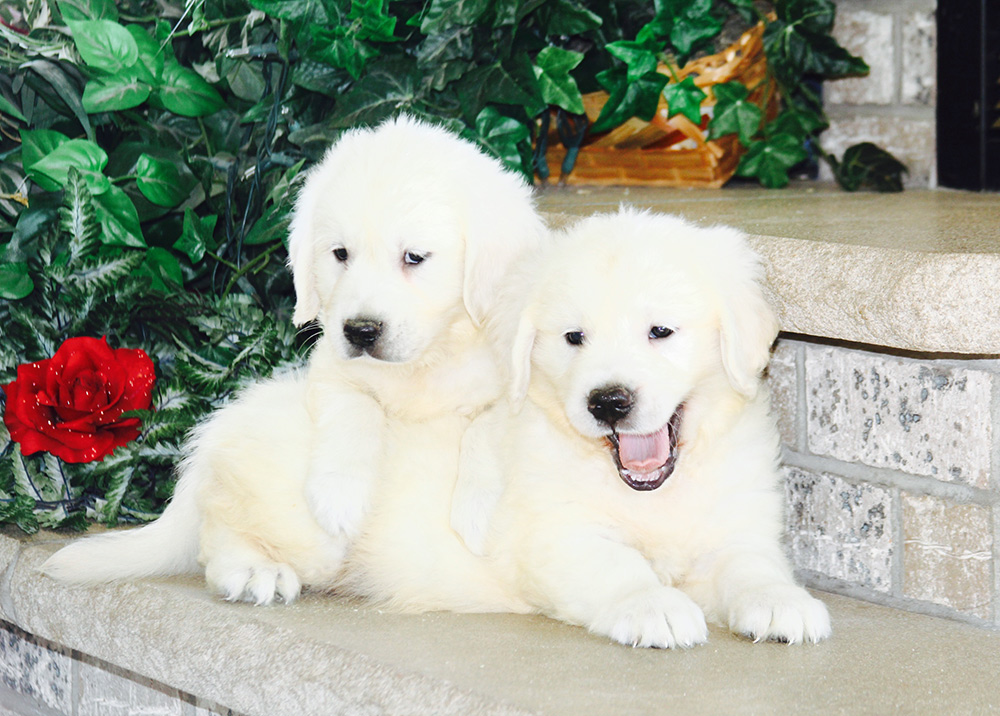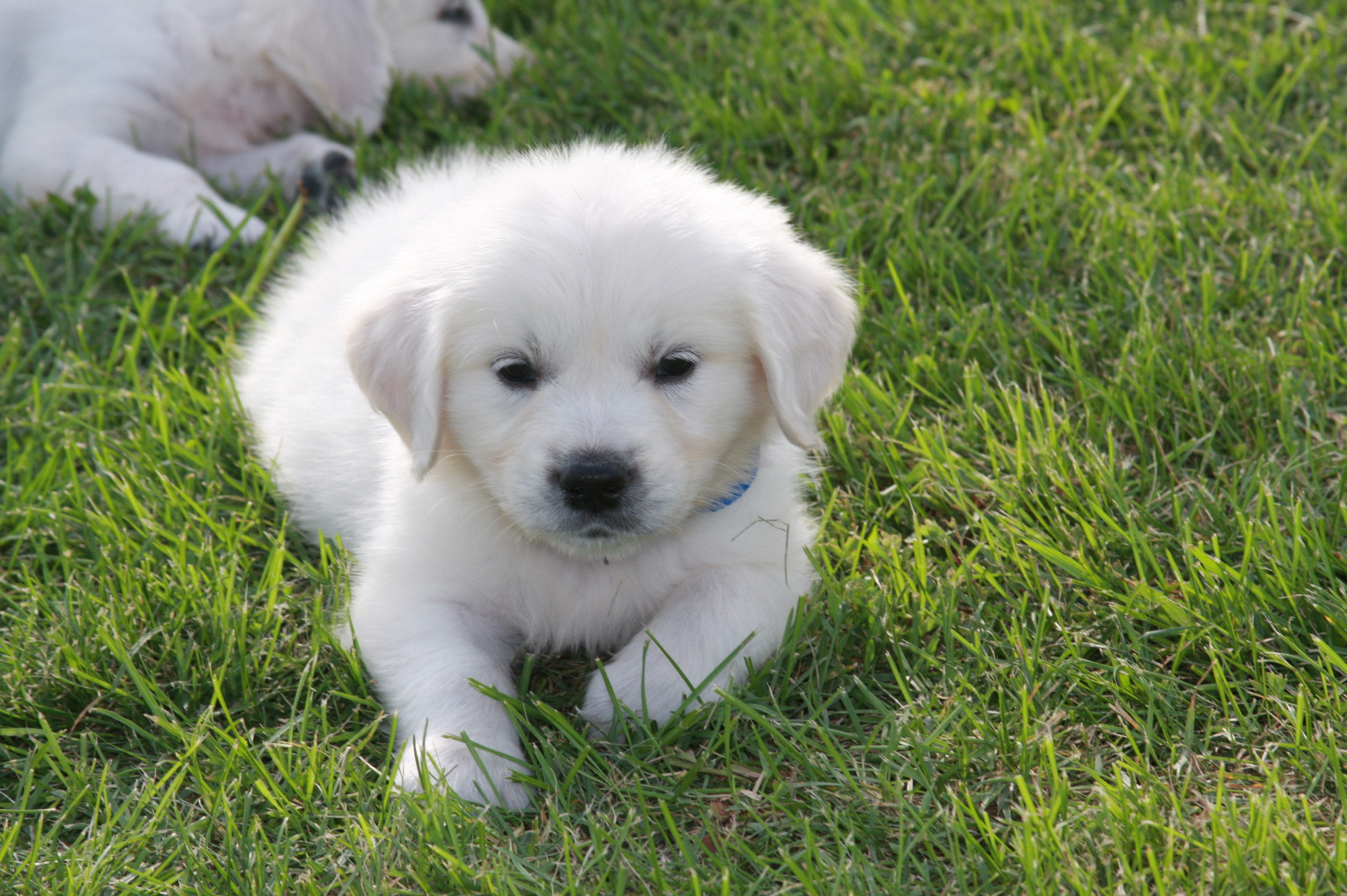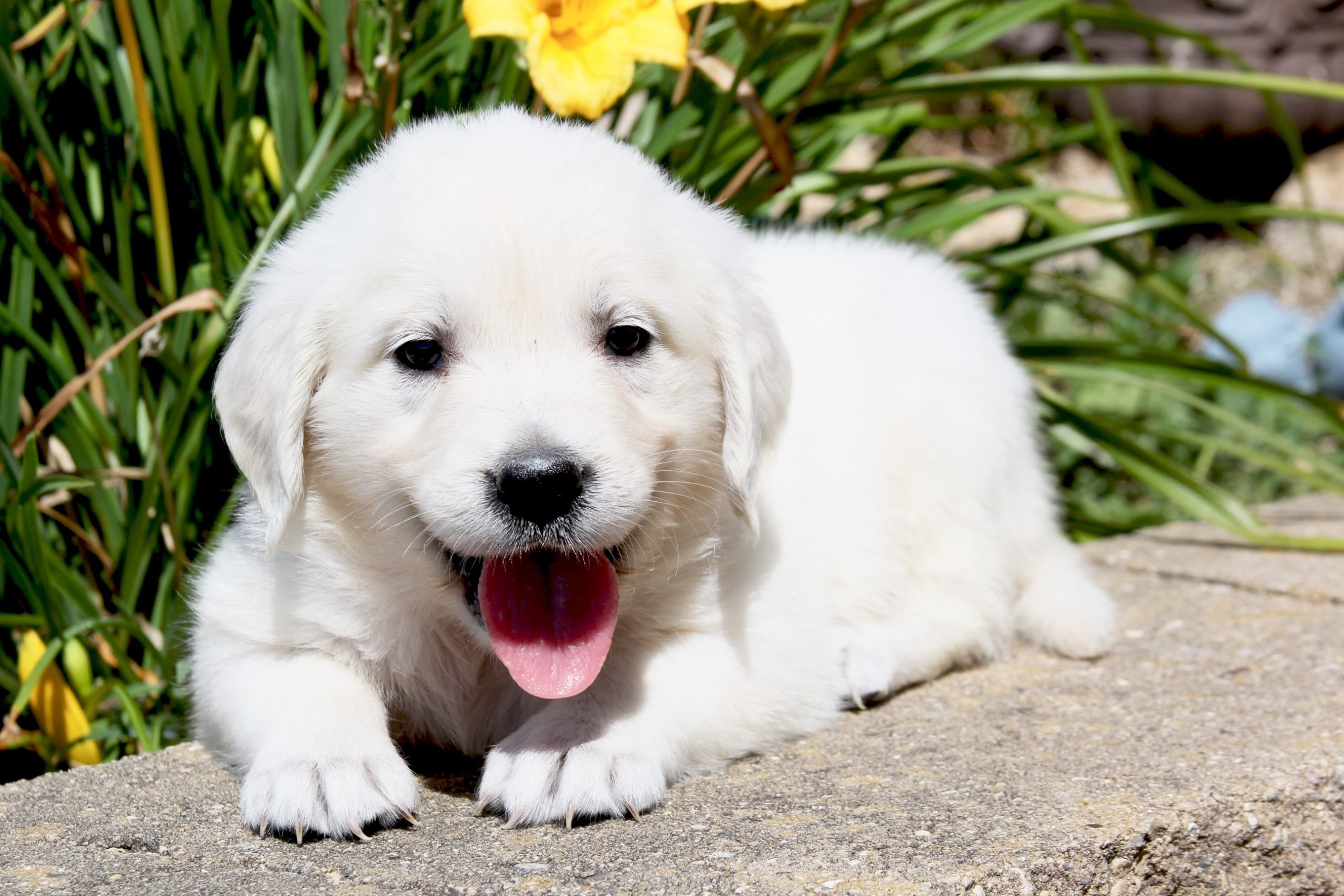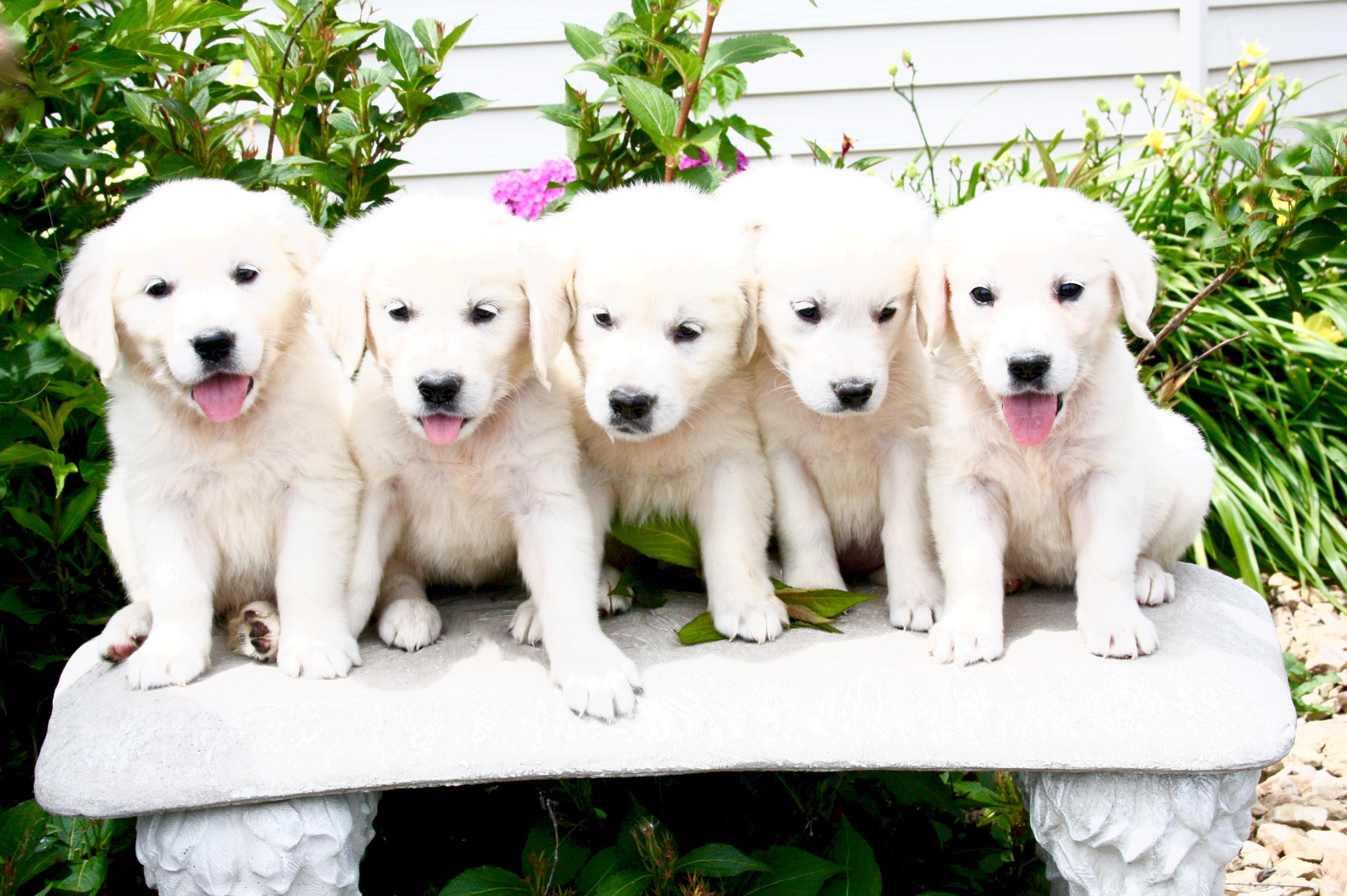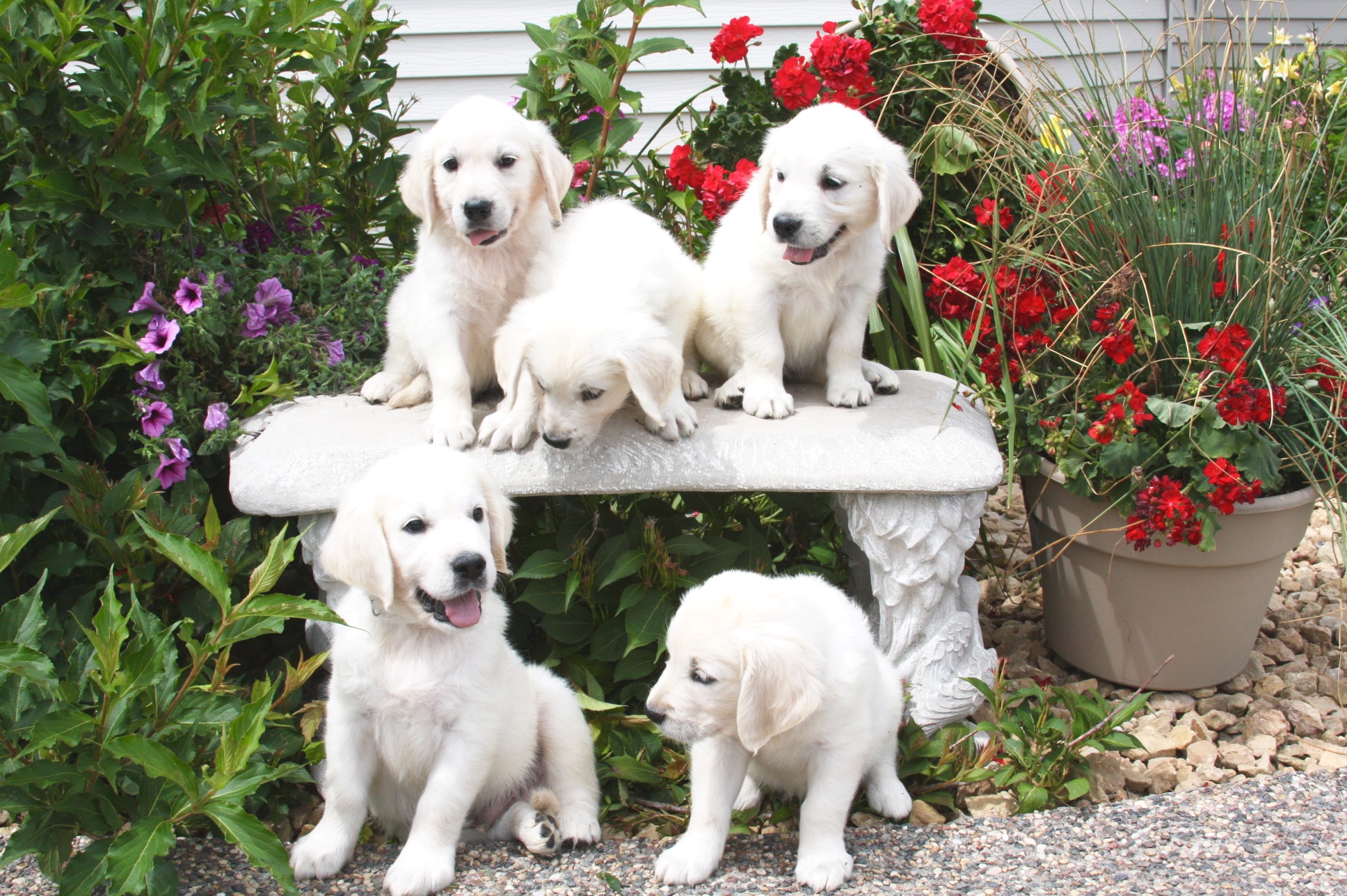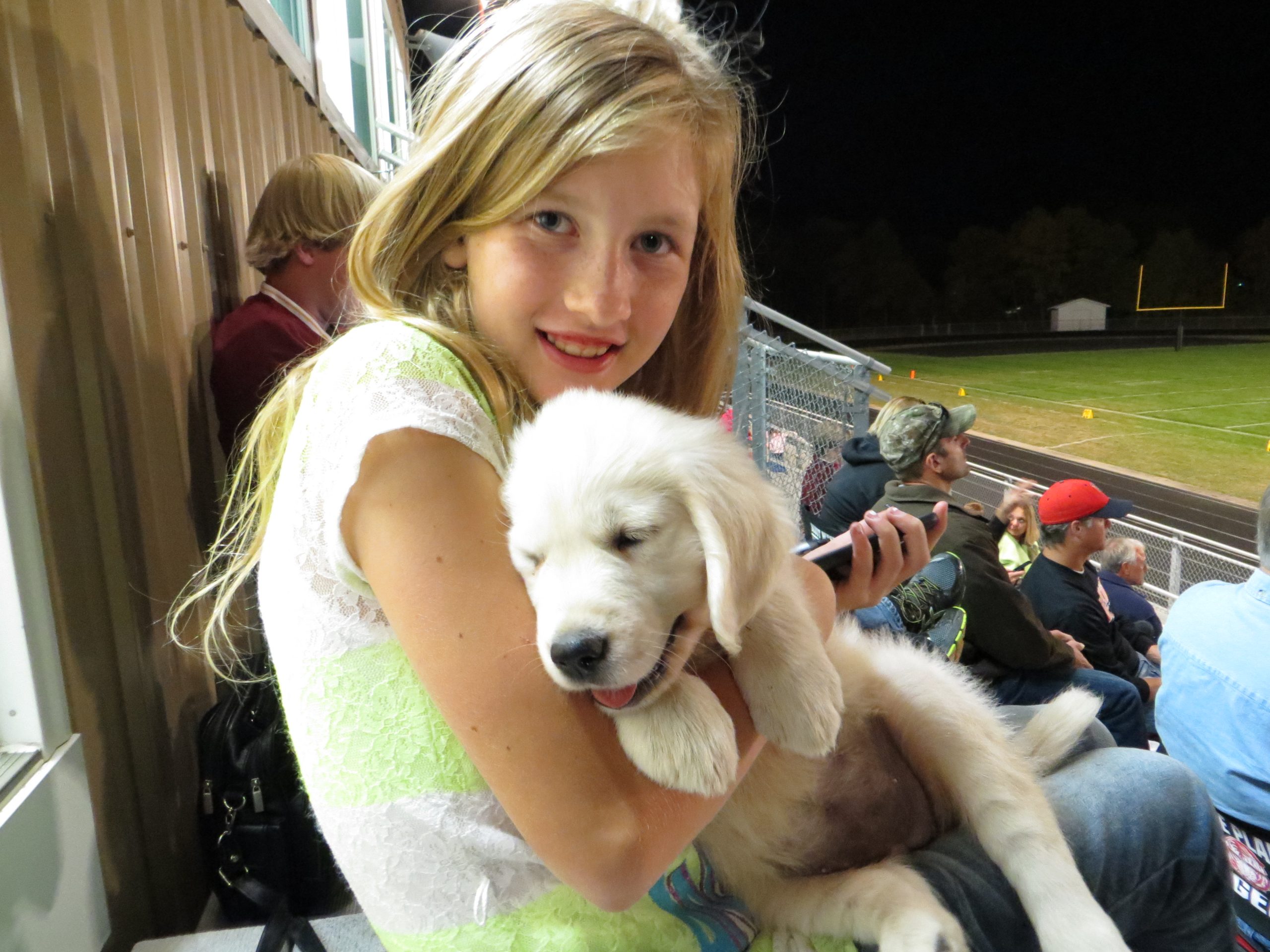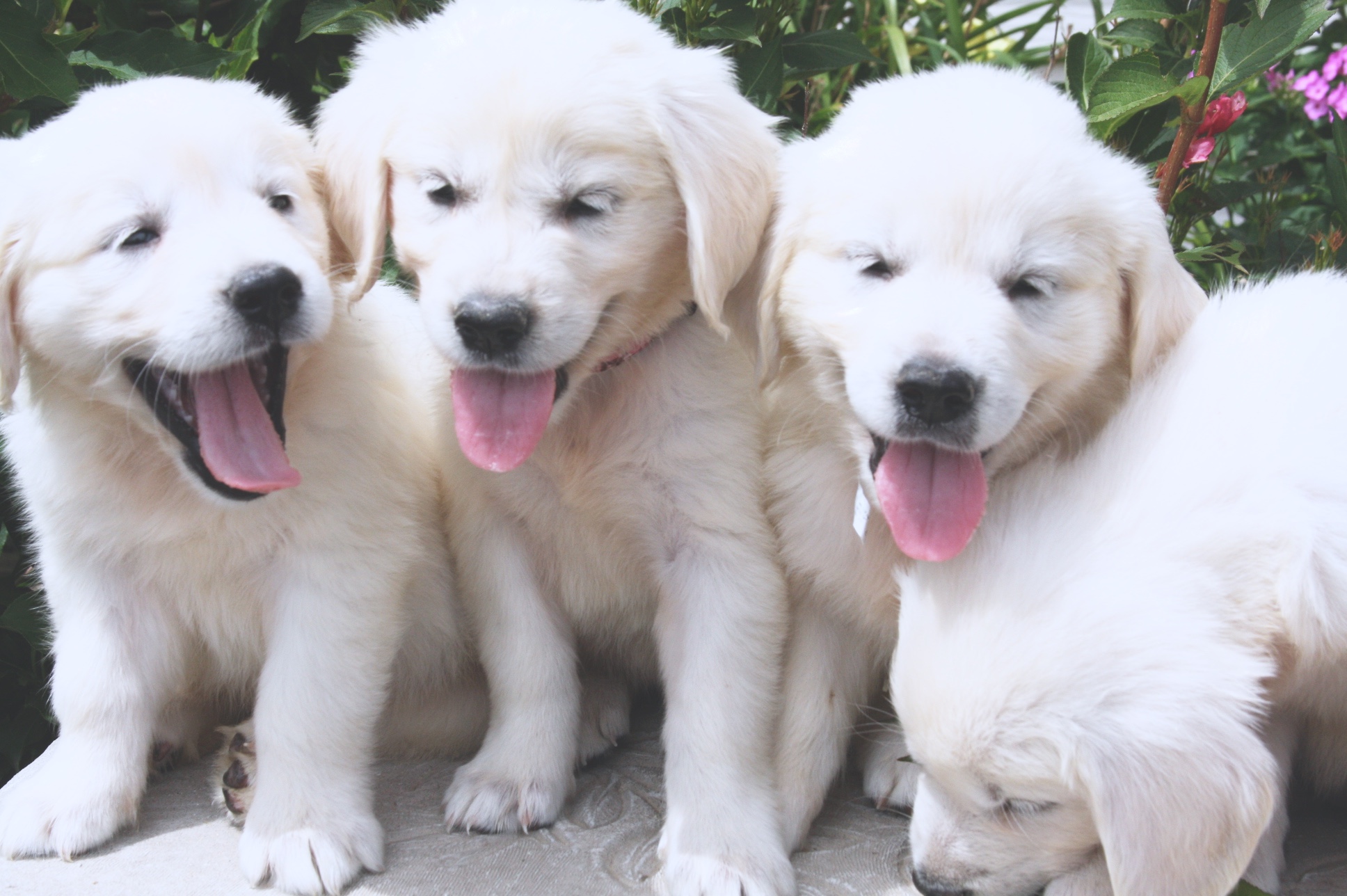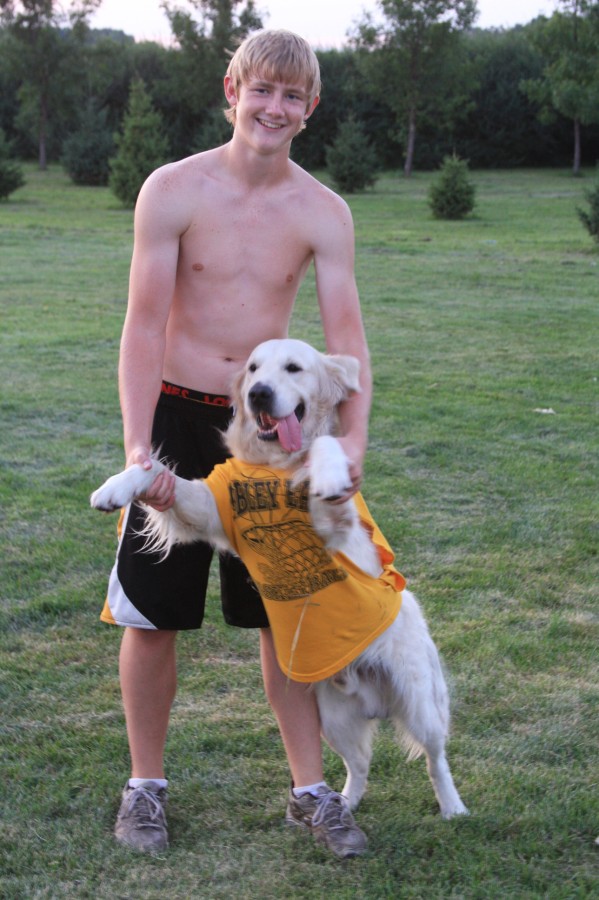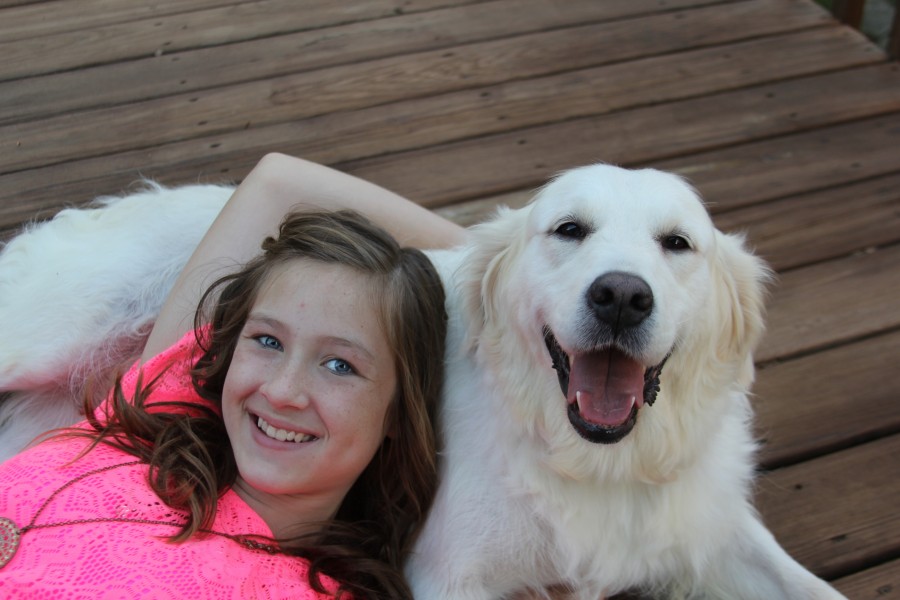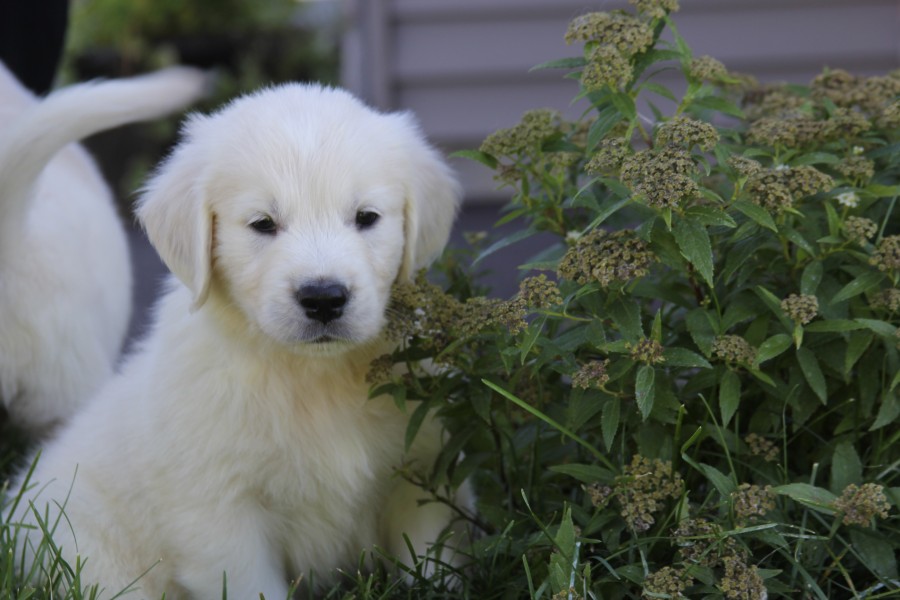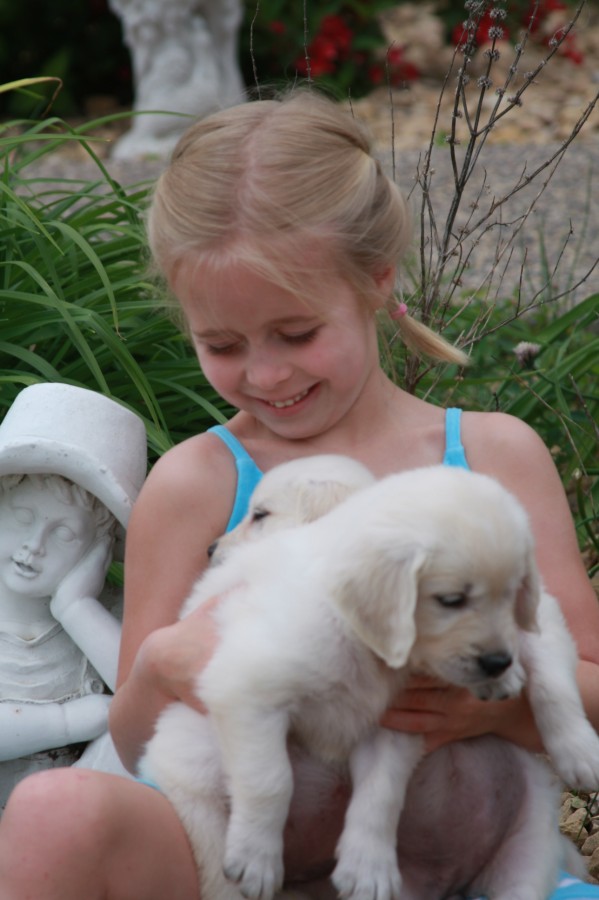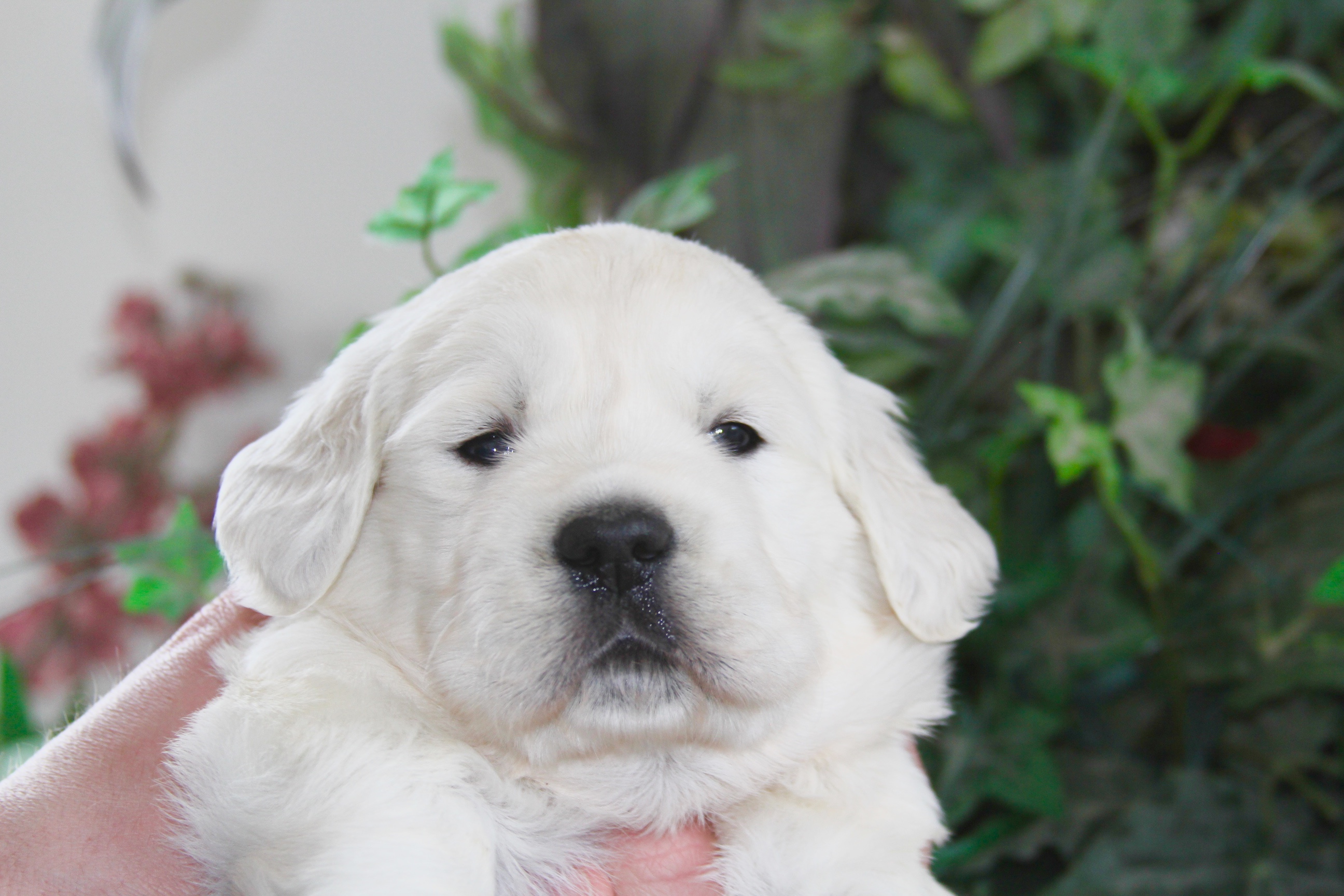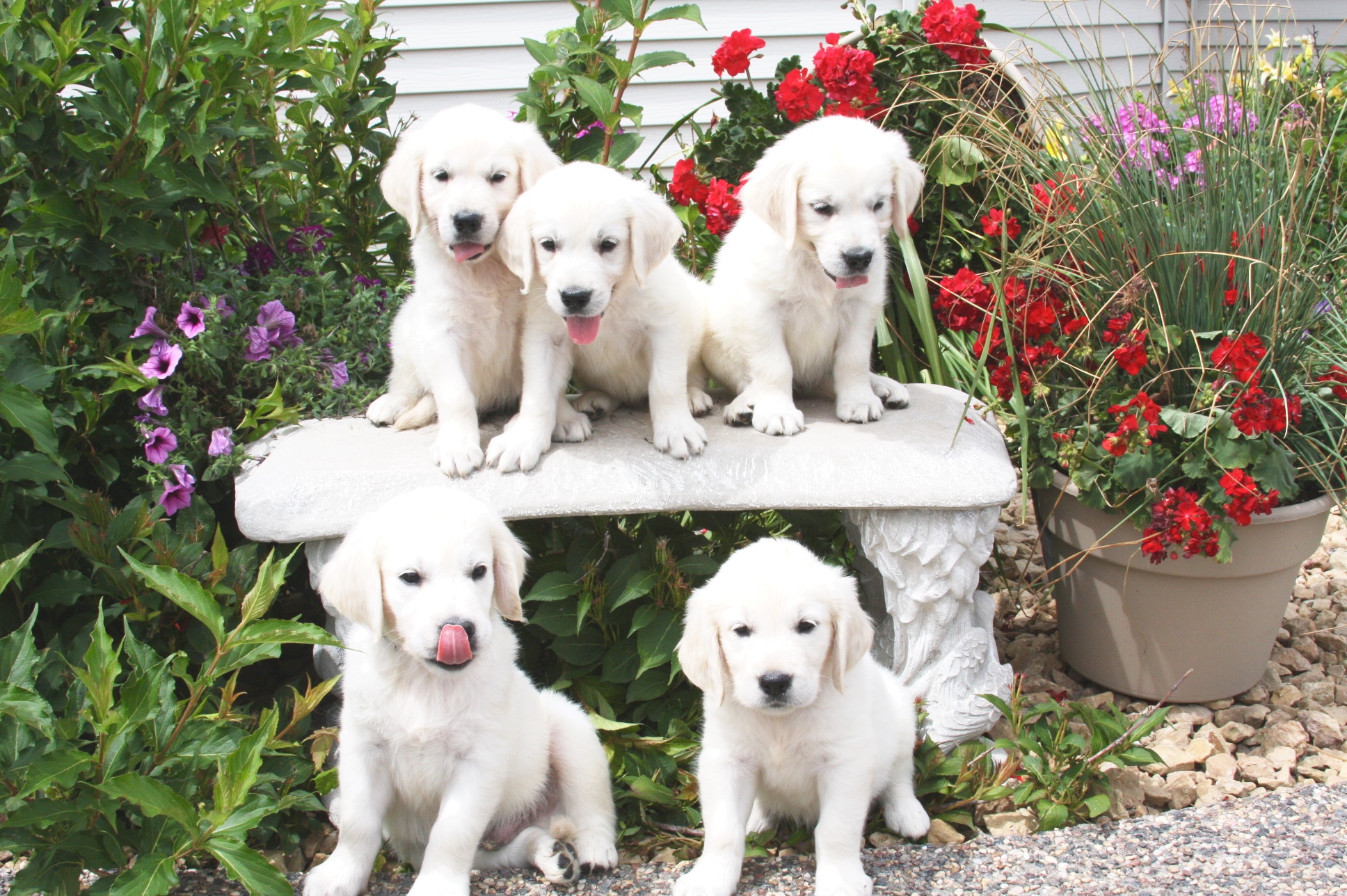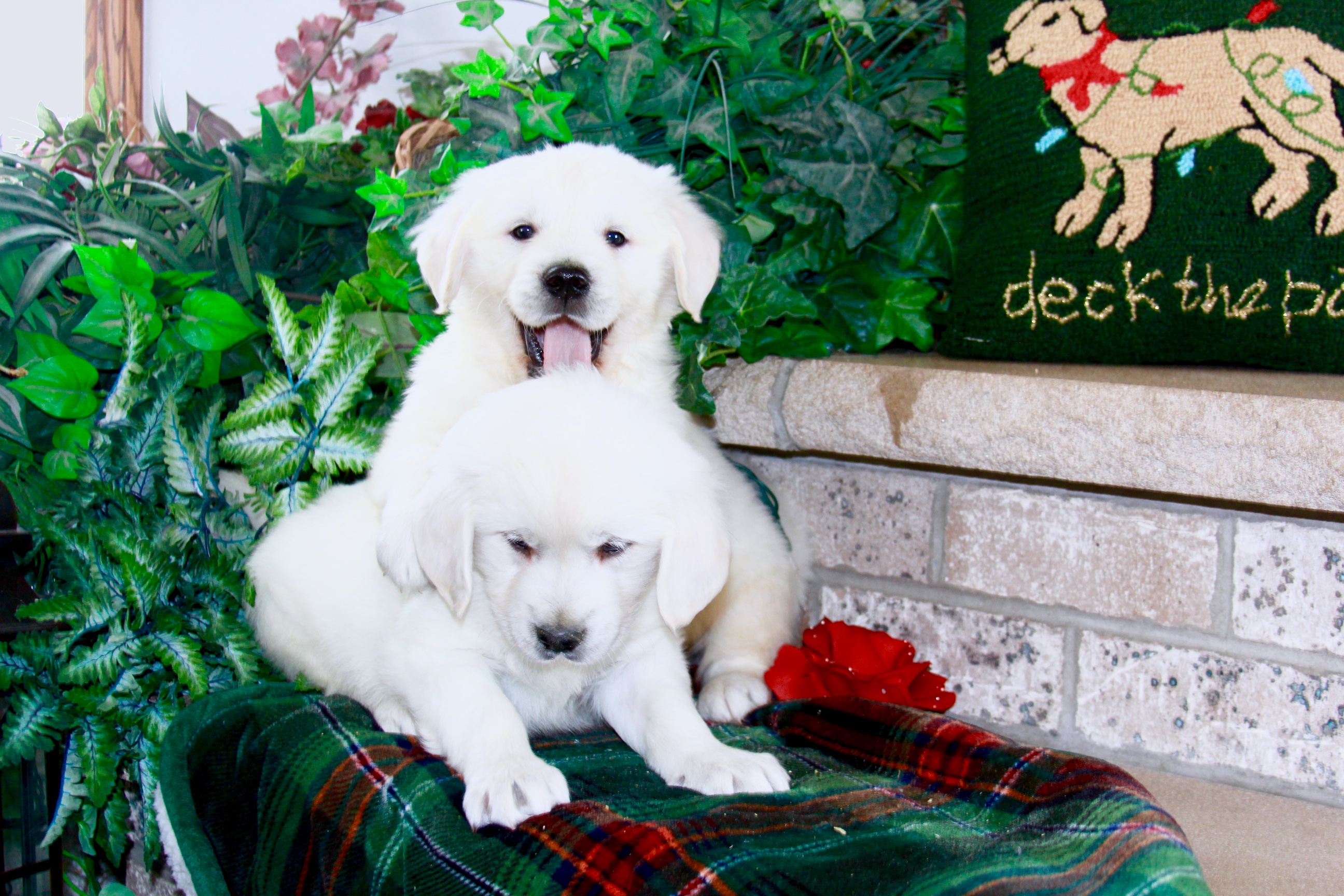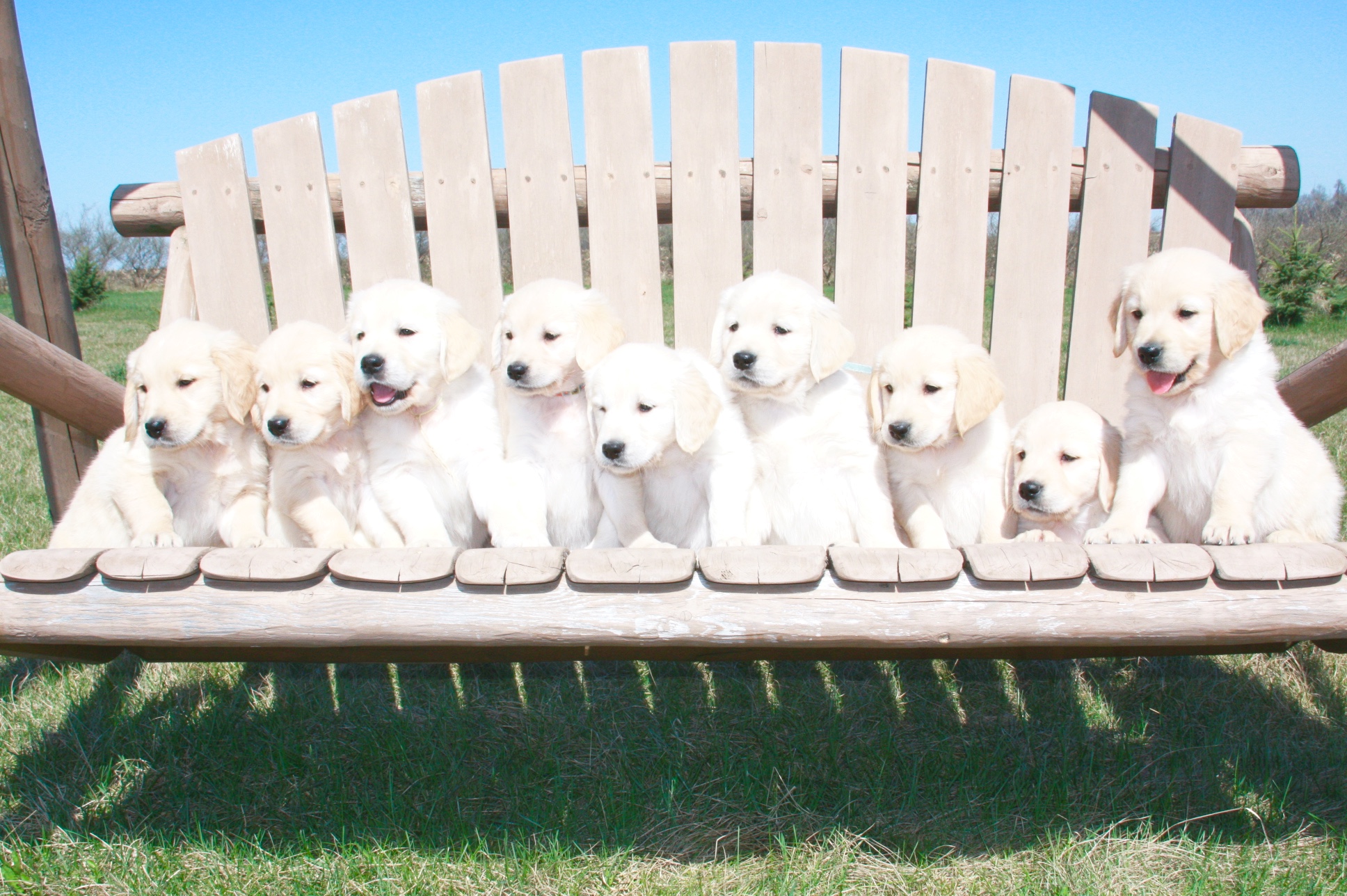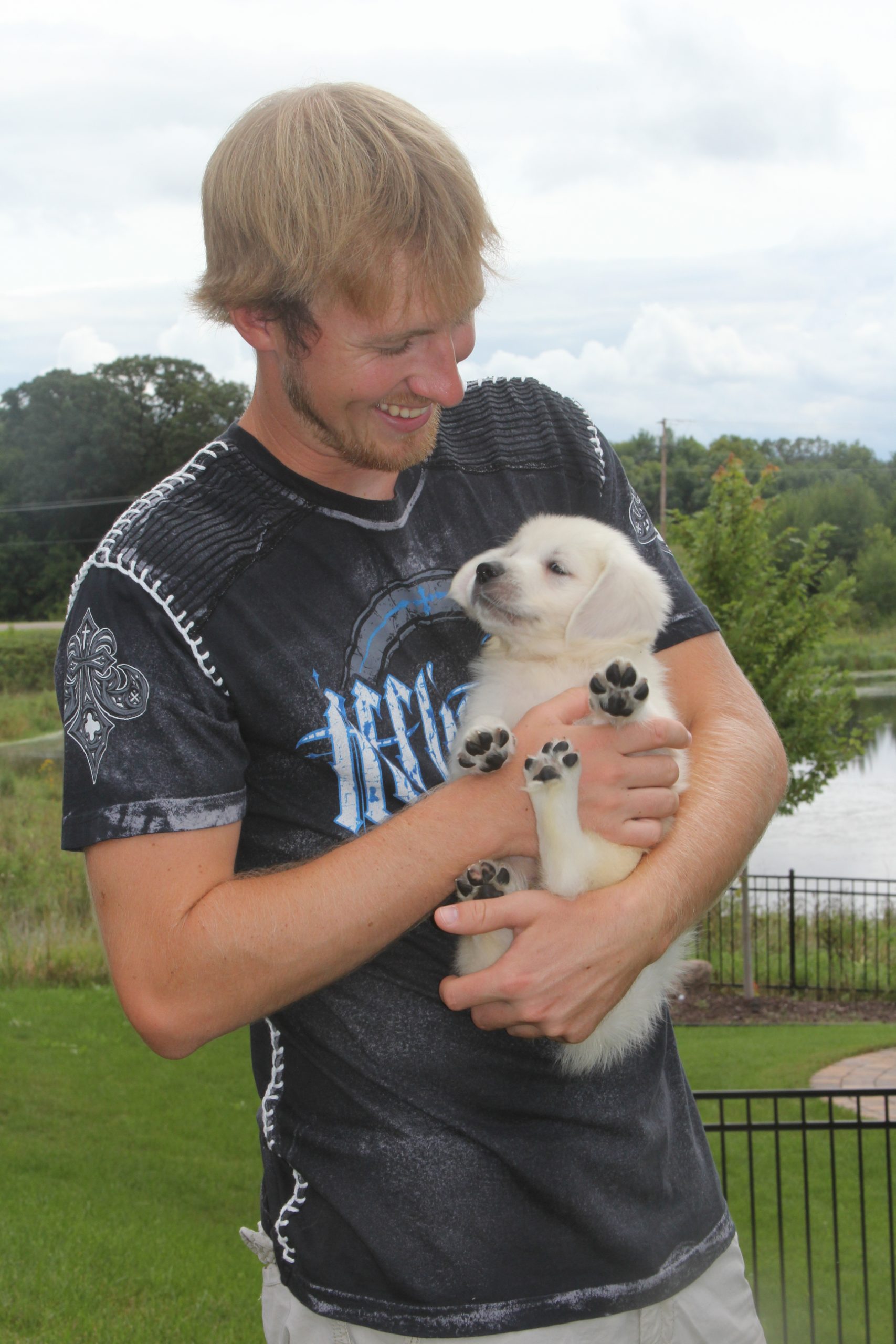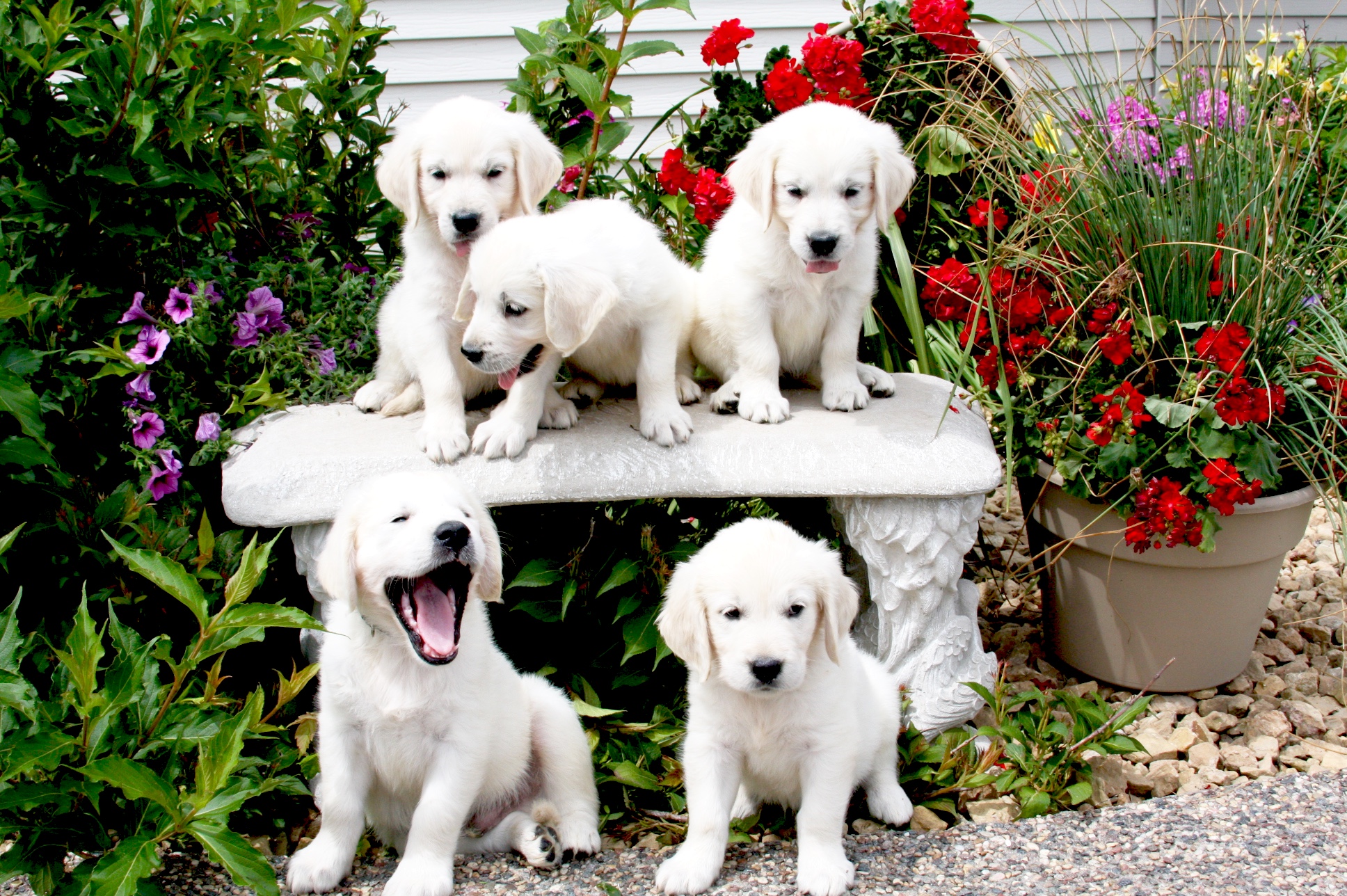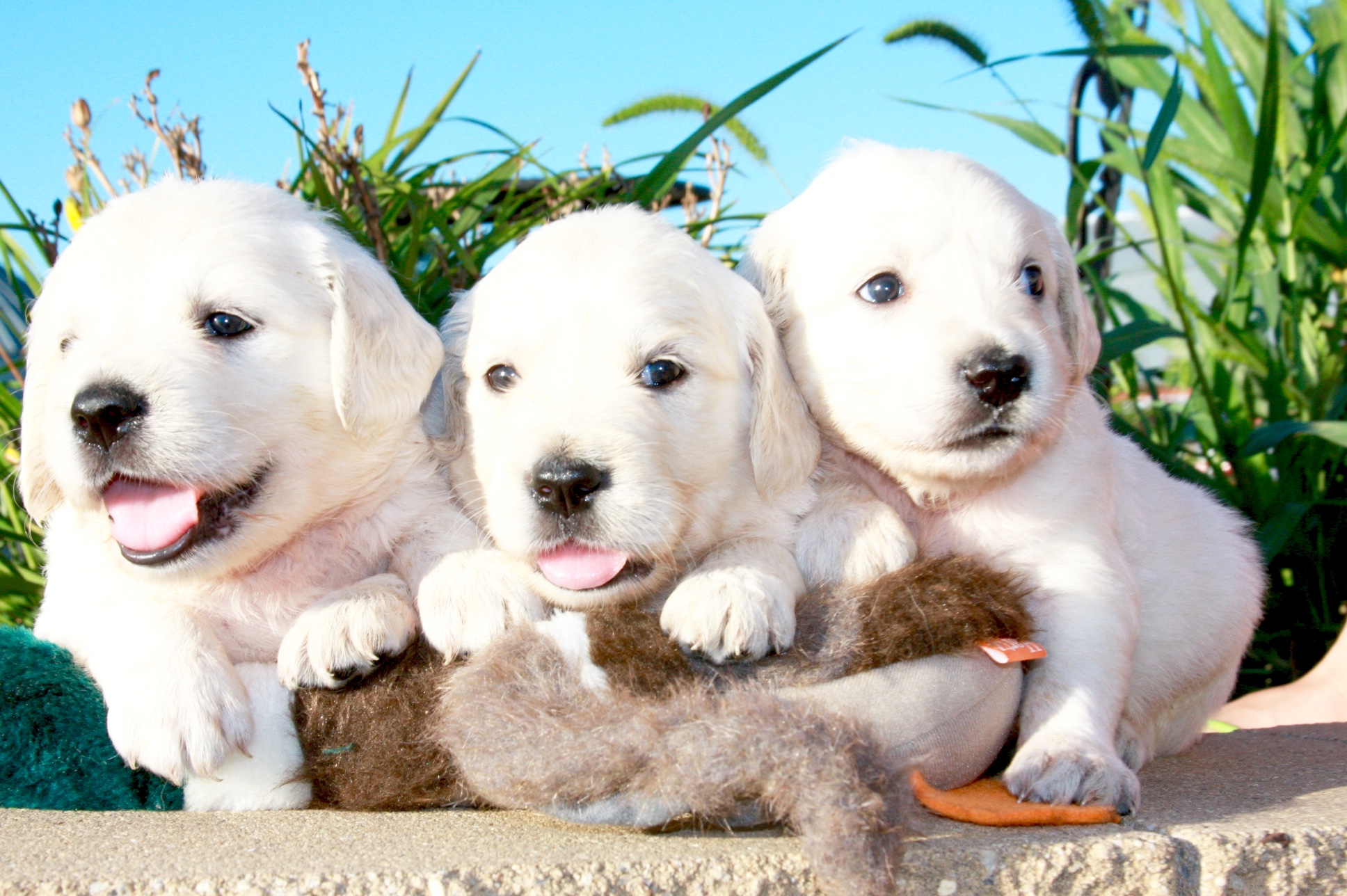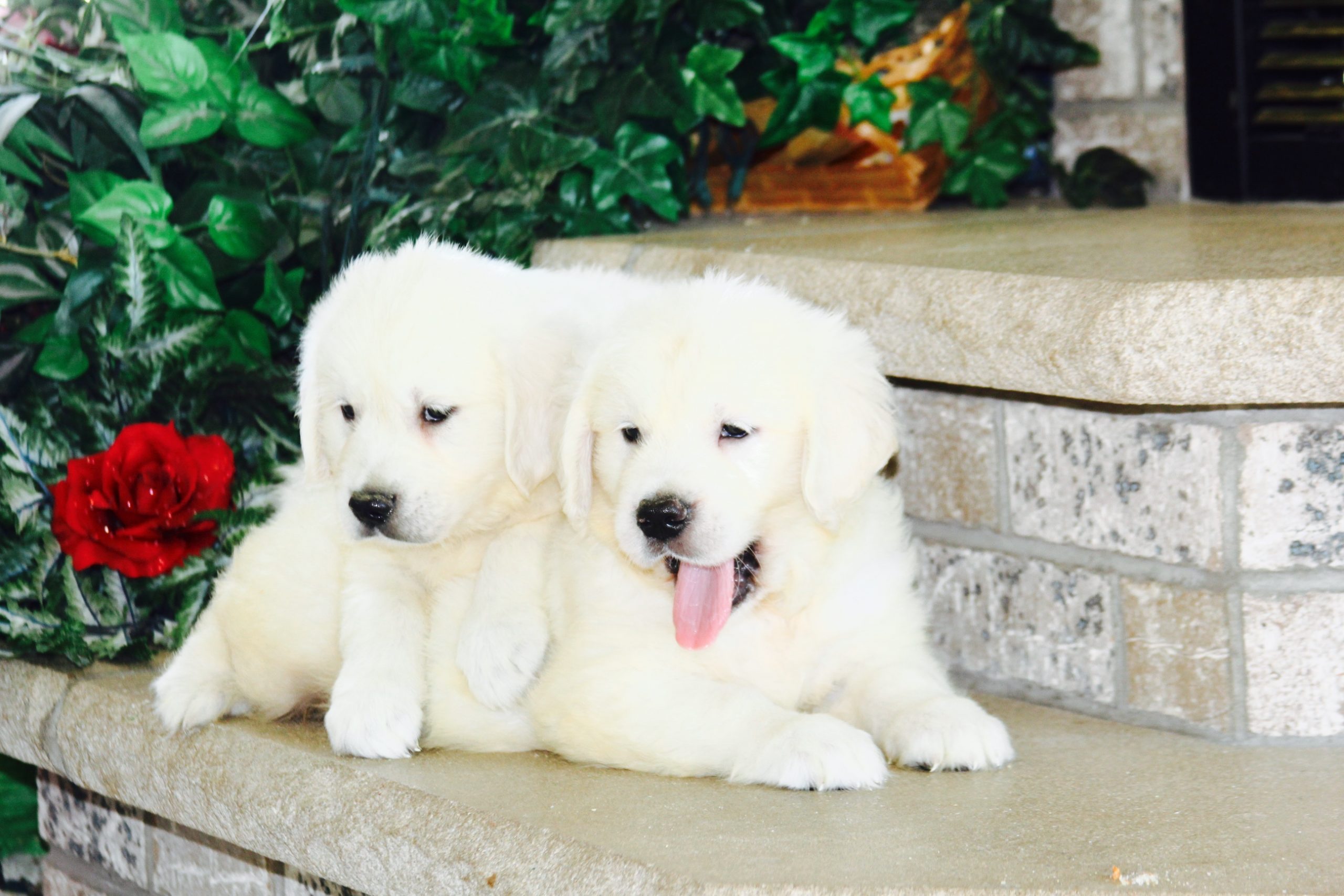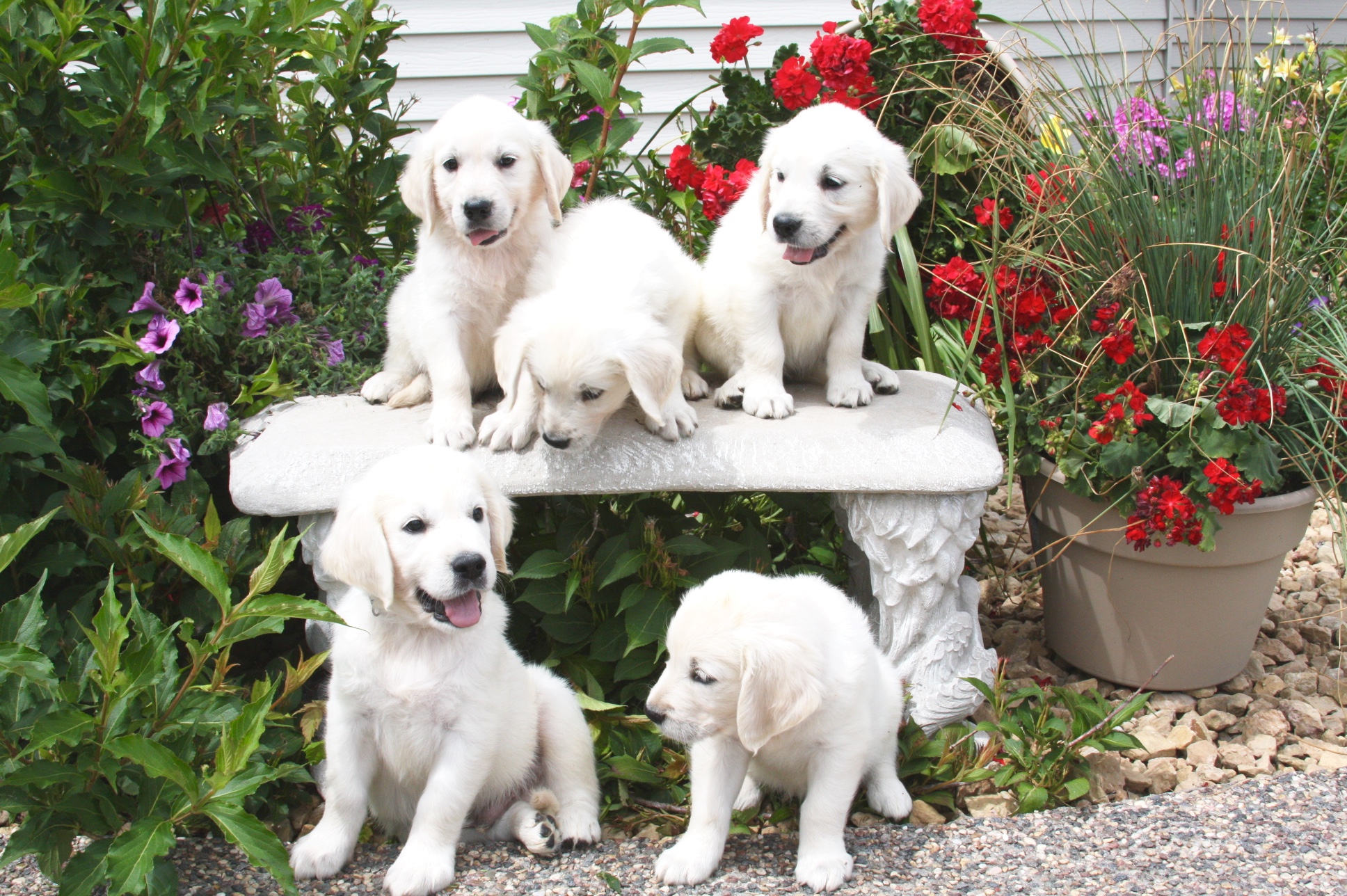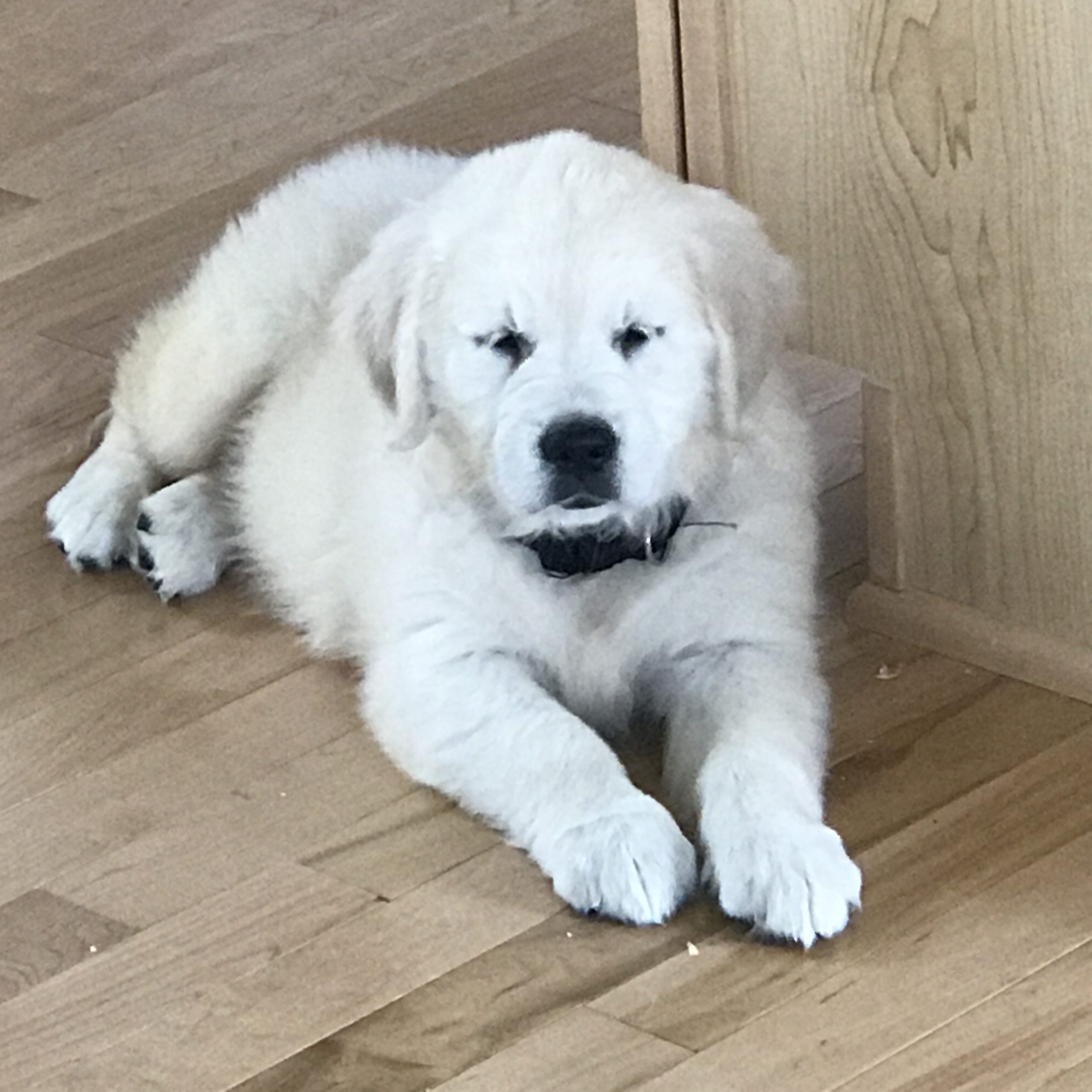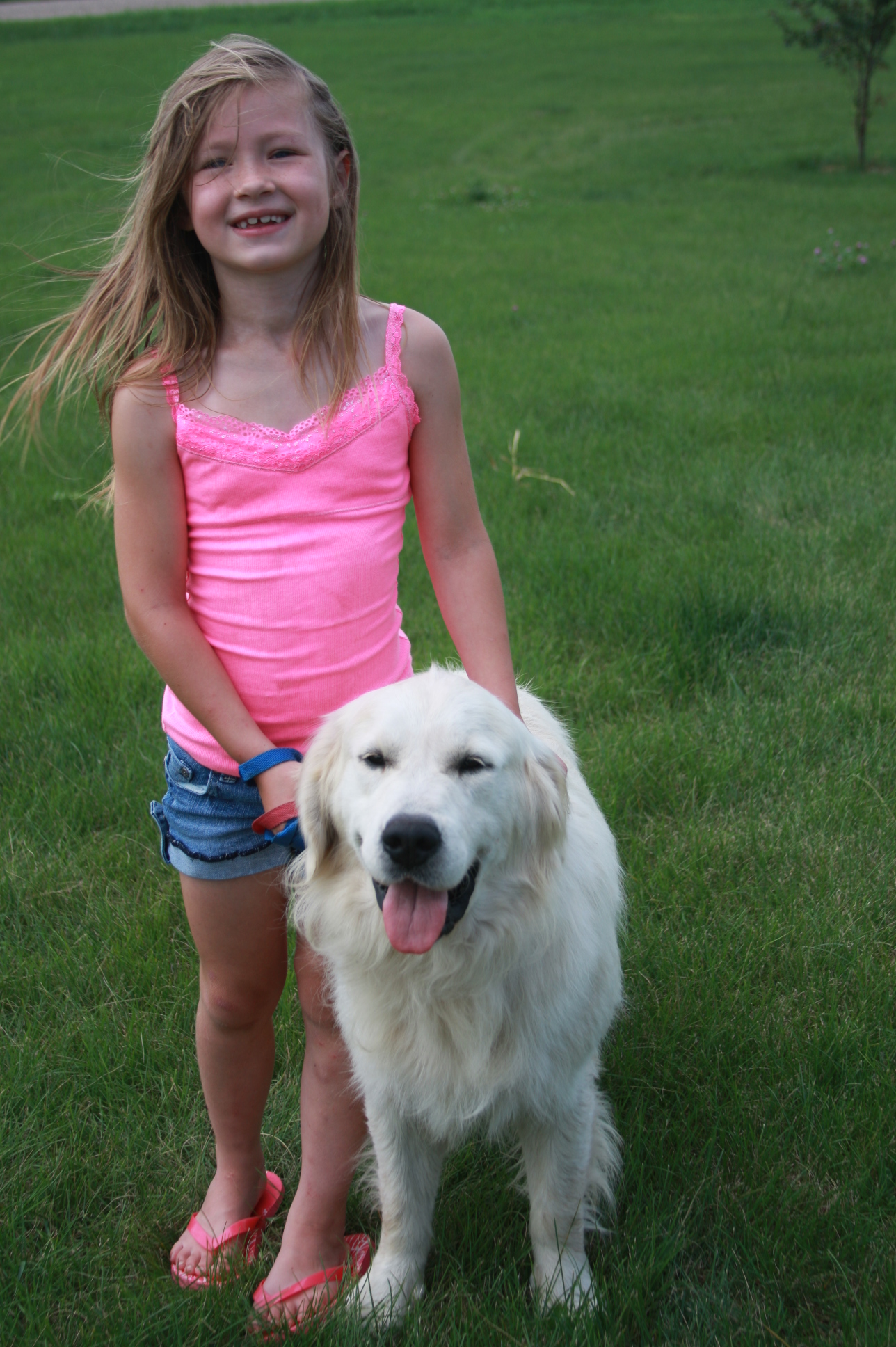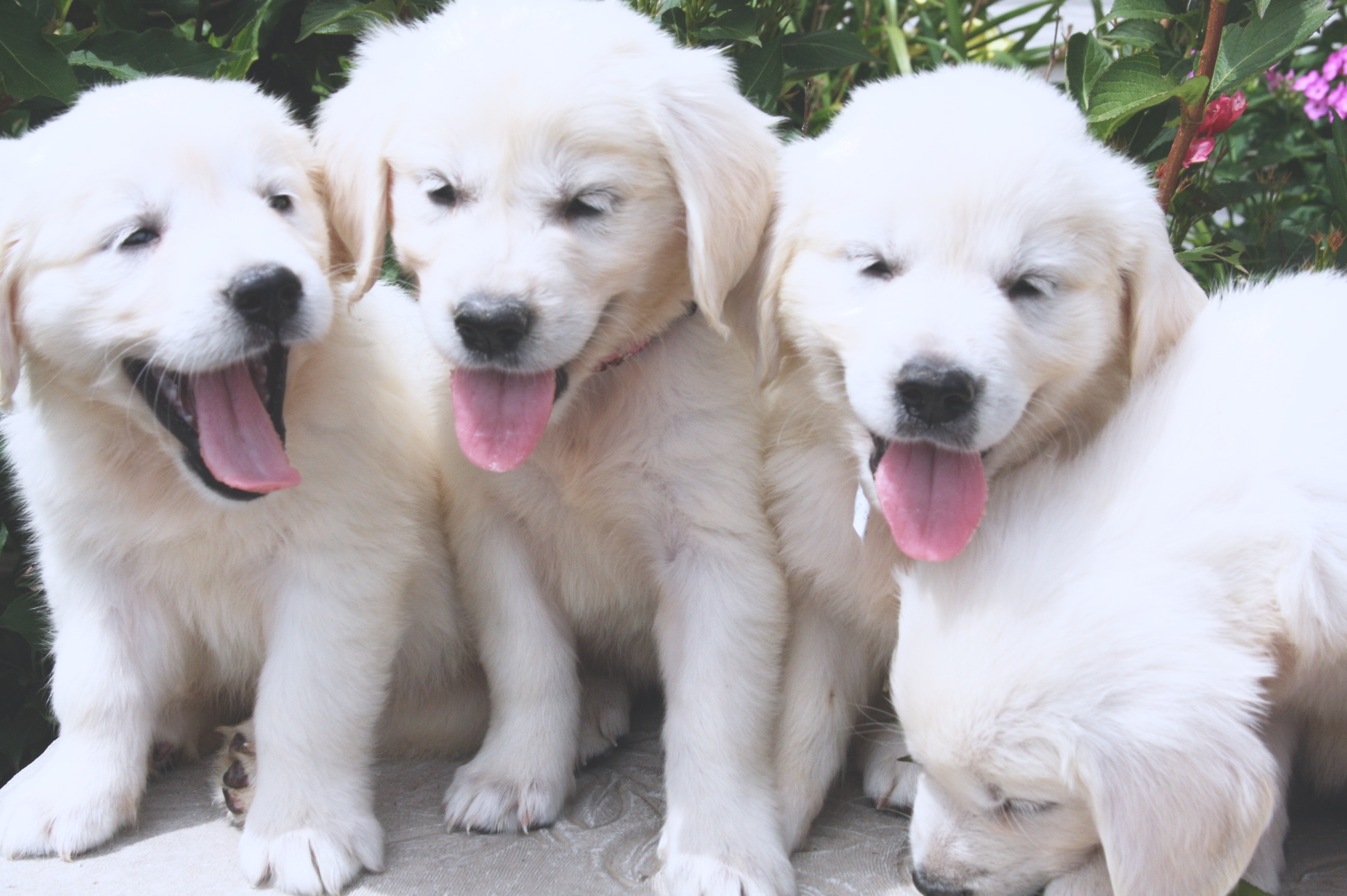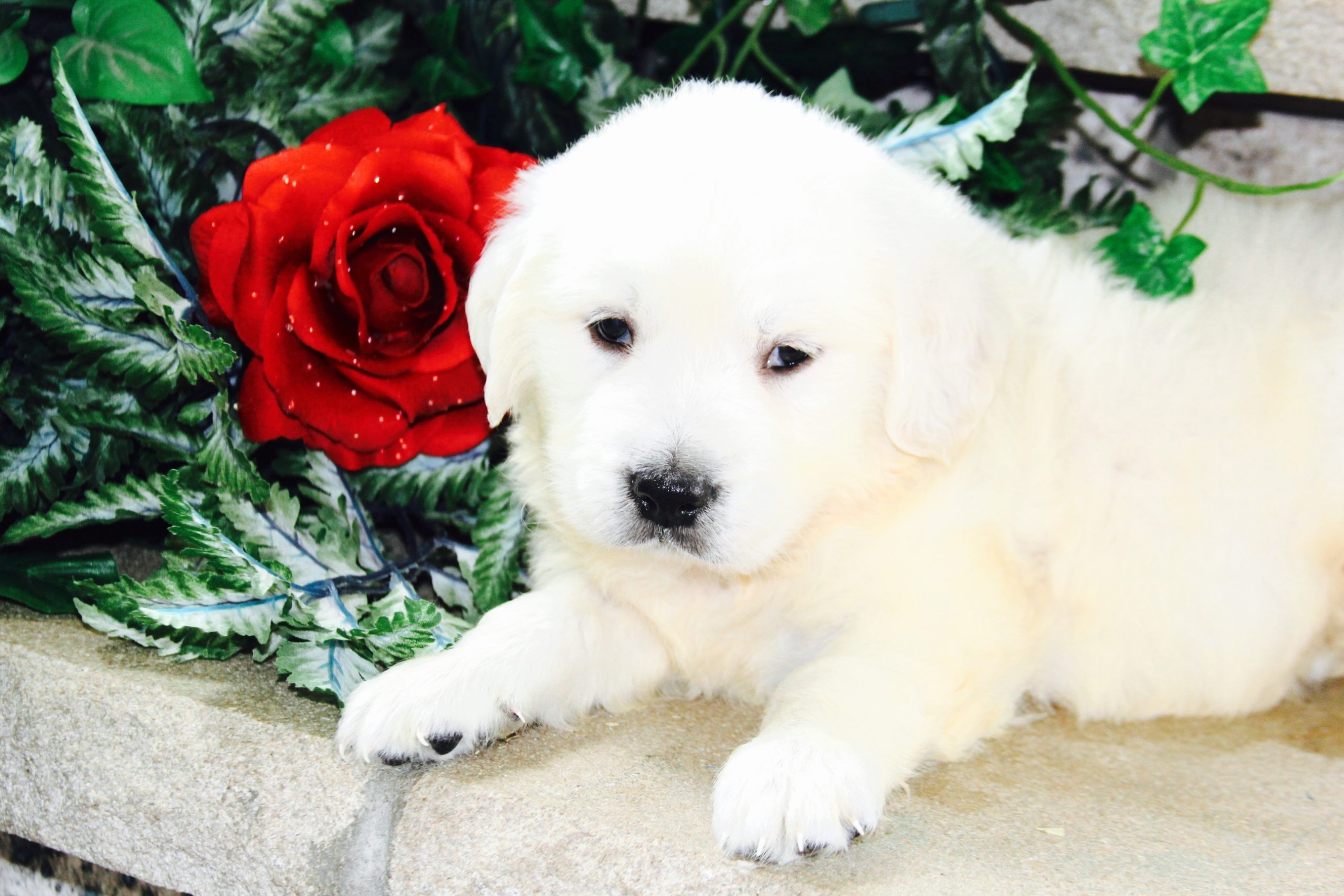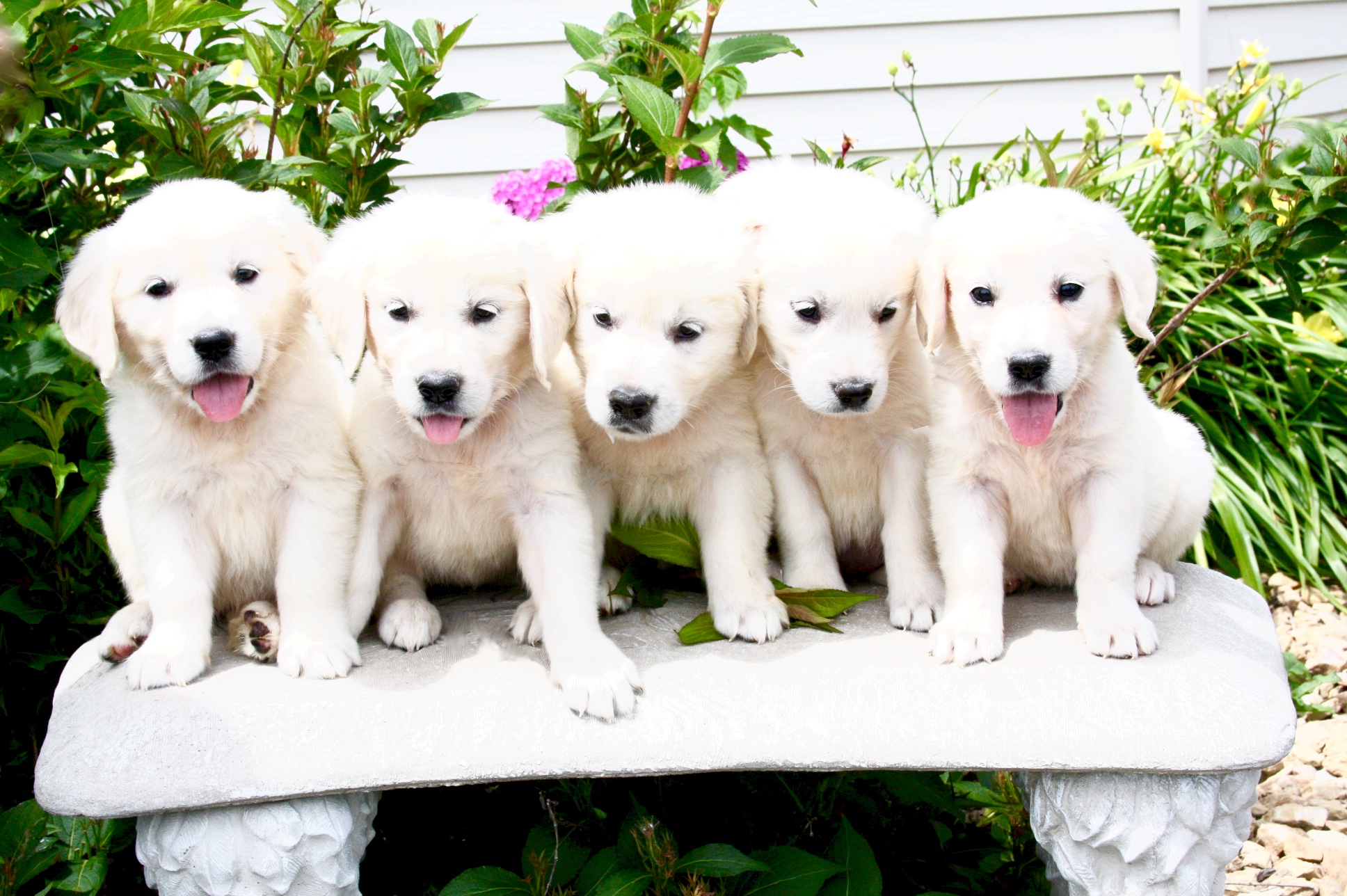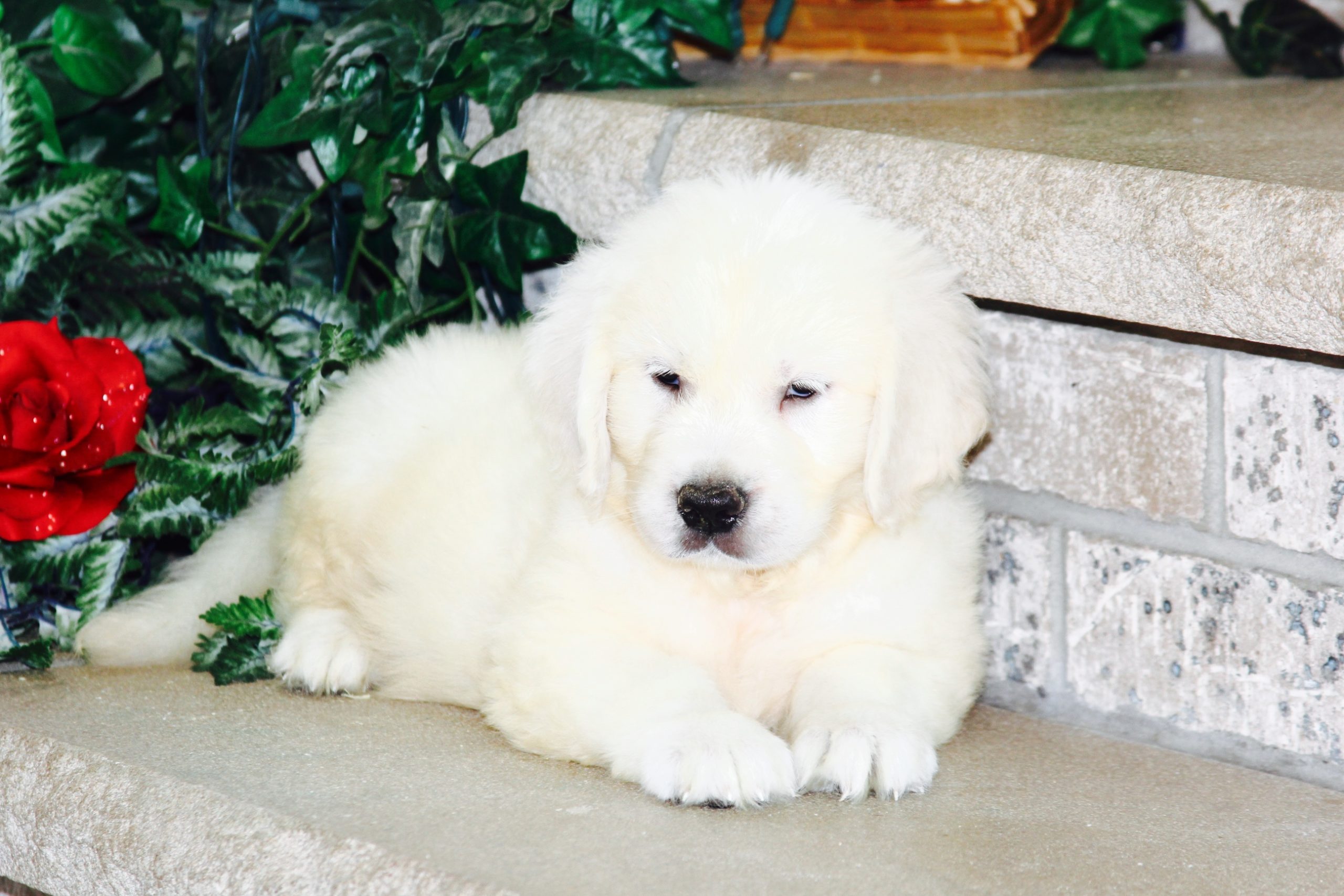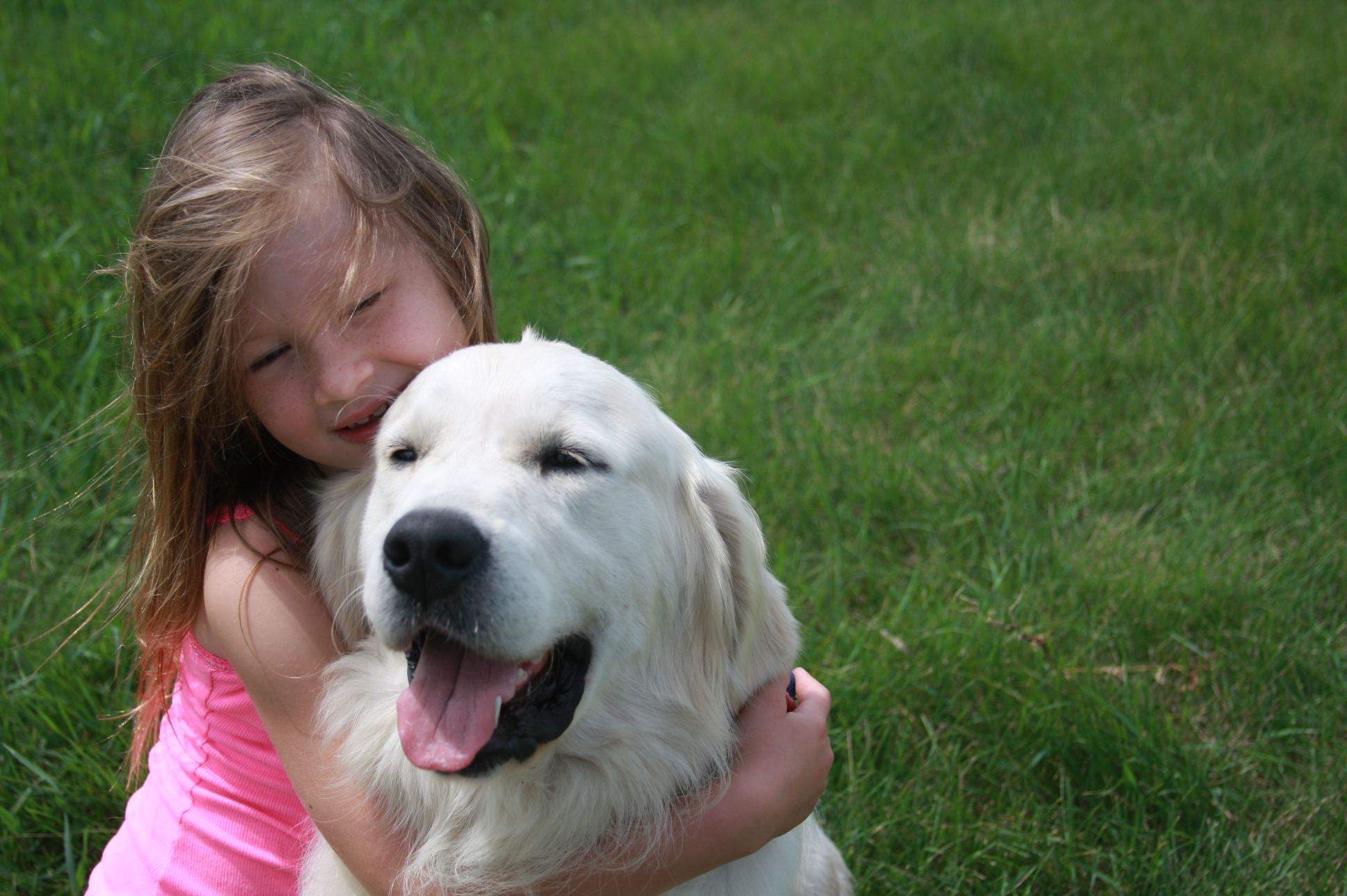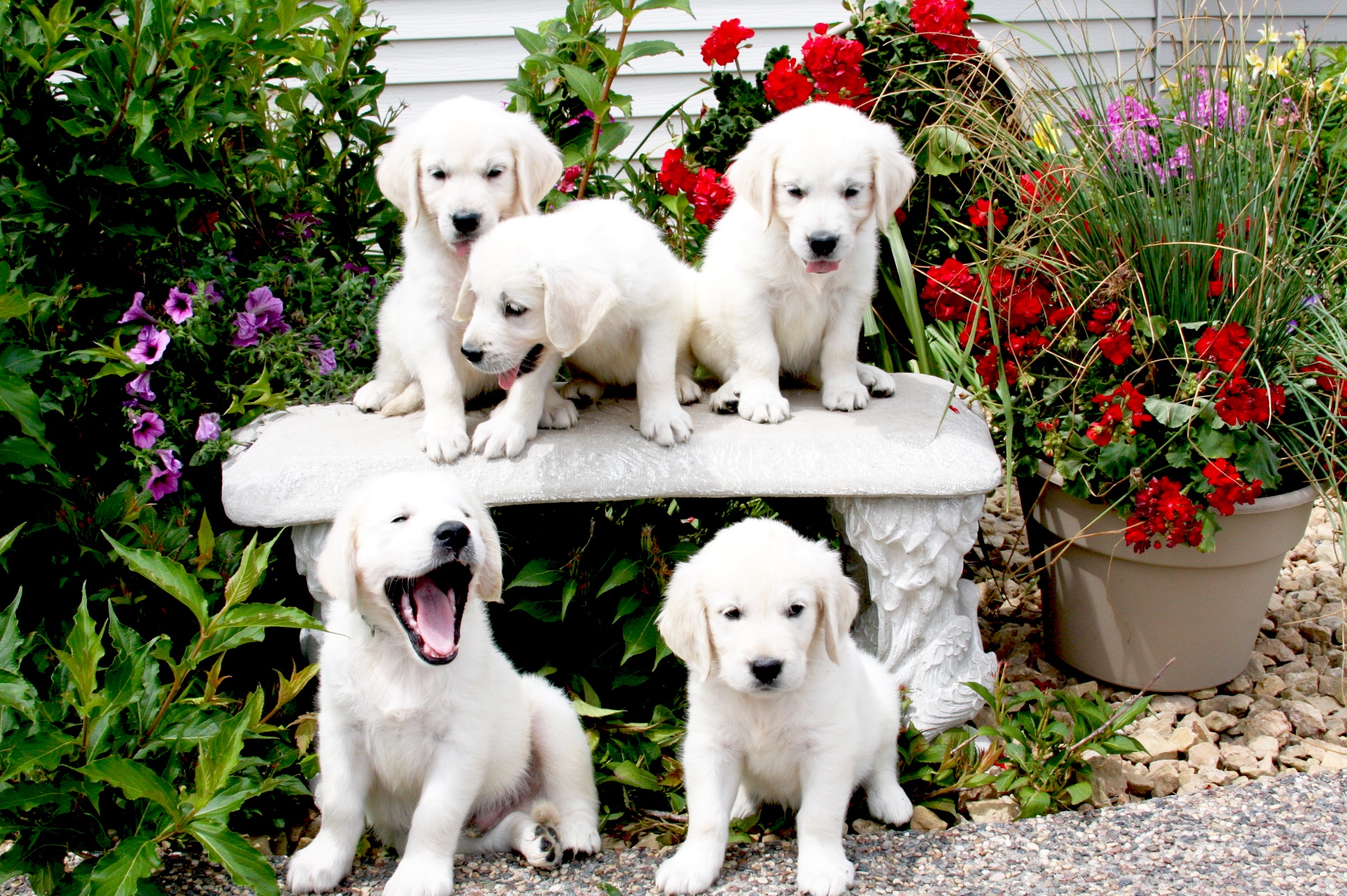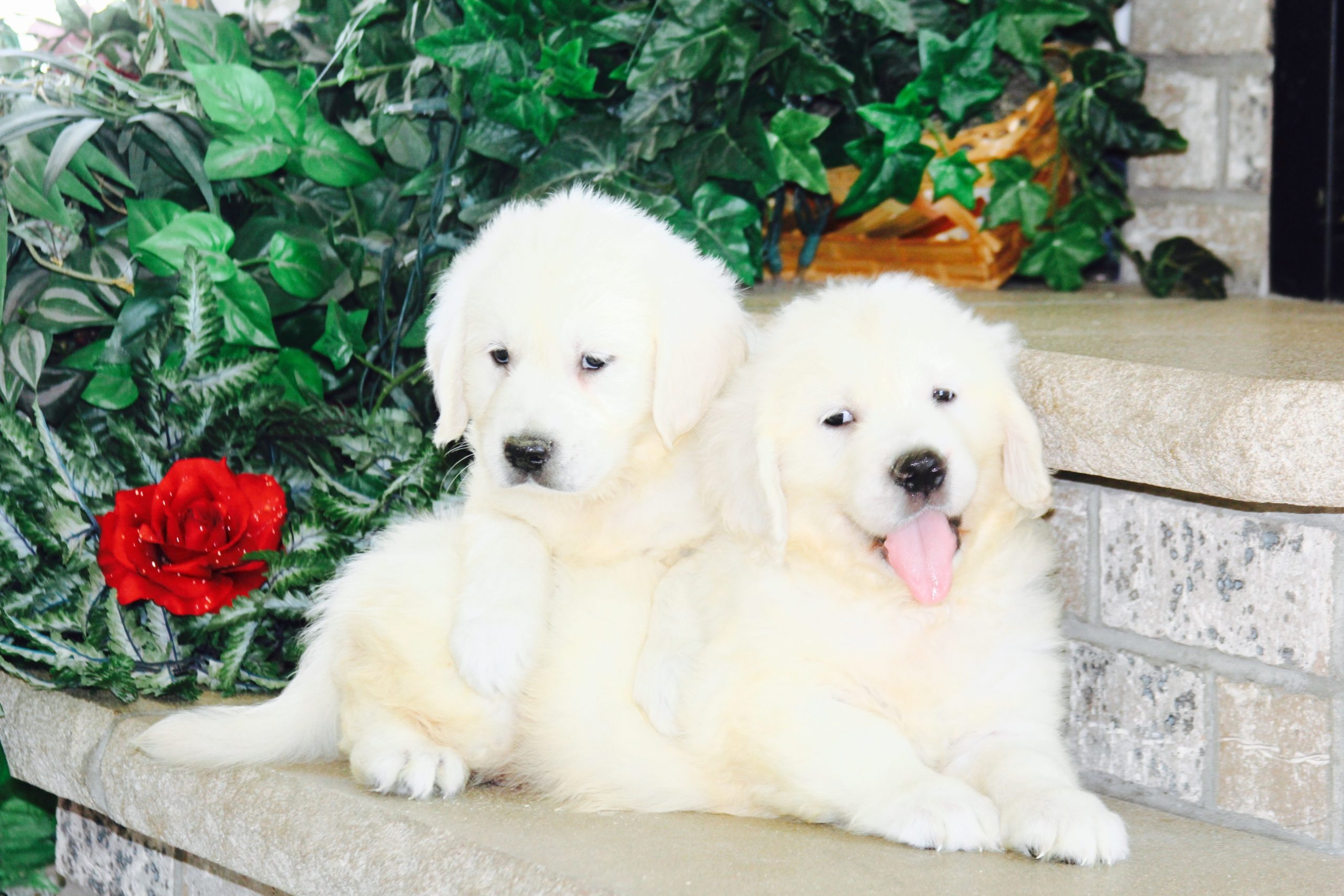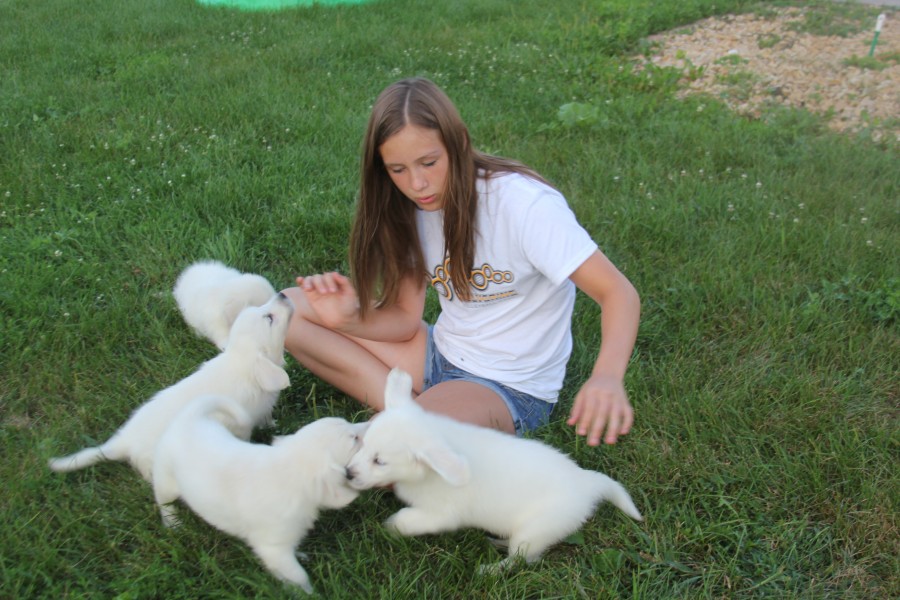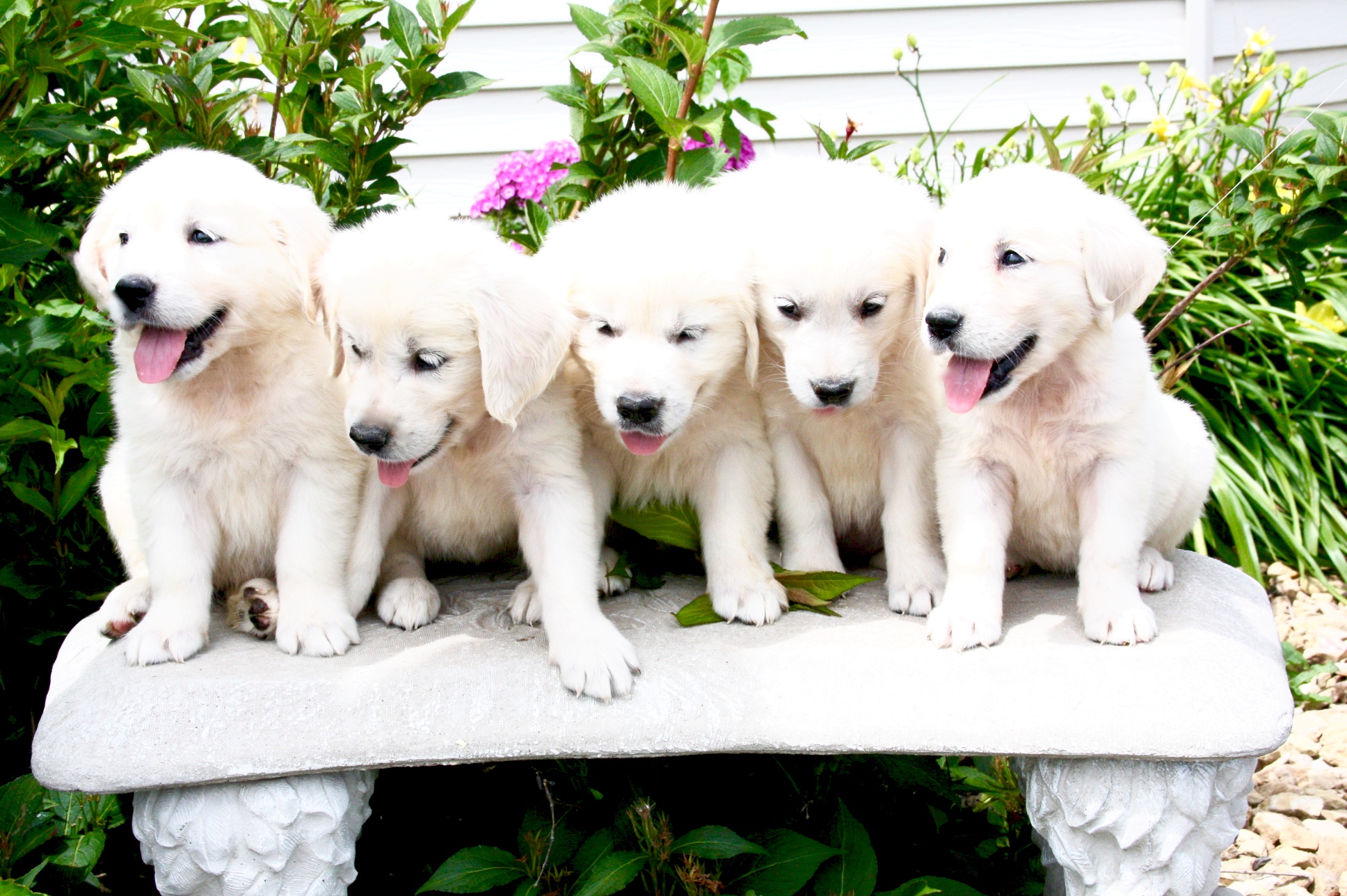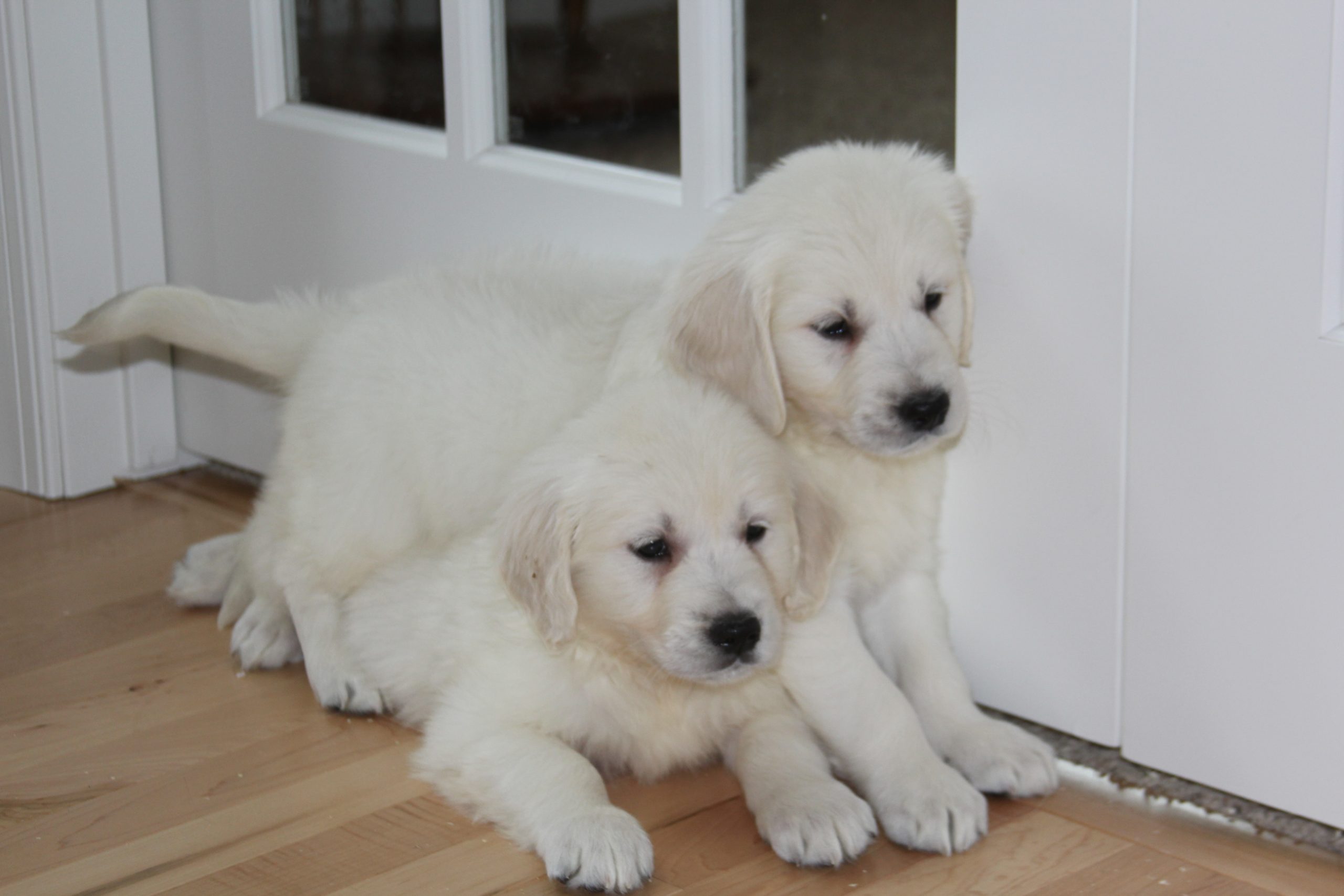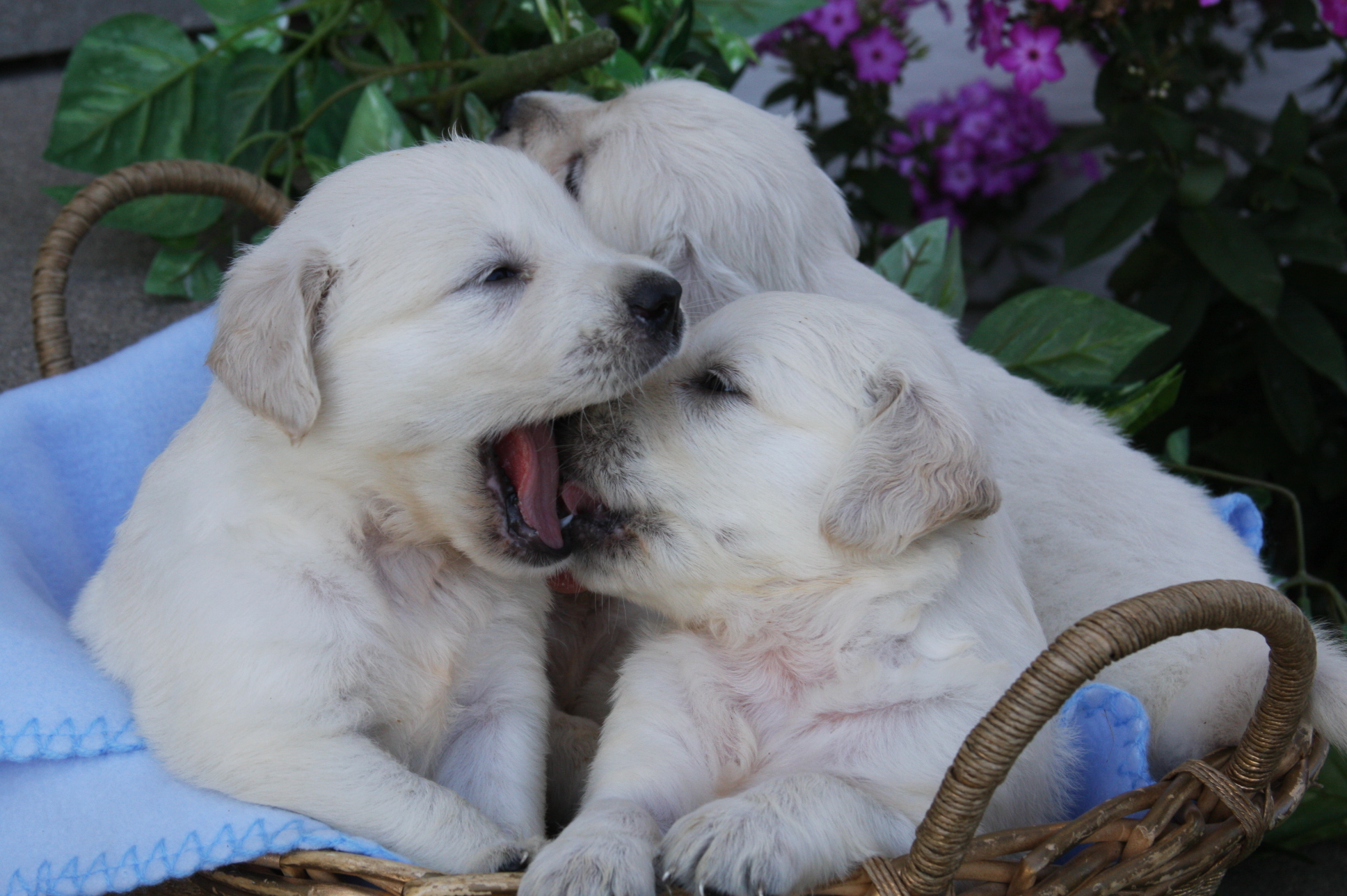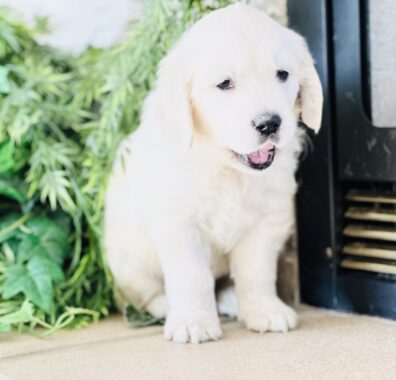
As much as we may wish it, our Golden Retrievers cannot talk to us. However, we can tell what they’re thinking and feeling through their body language. Understanding your Golden Retriever’s body language can clue you in if they’re feeling stressed or ill. That way, you can take the necessary steps to get your Goldie feeling better. After all, if you wait too long, your Goldie’s health can be in jeopardy.
It’s important to note, though, that body language can only tell you what your Golden Retriever is feeling. It cannot point to the cause. It’ll be your job, and the job of your veterinarian, to decipher the clues that your Golden Retriever’s body language is telling you.
Eyes
Golden Retrievers are just as expressive with their eyes as we are. The eyes are, after all, the window to the soul. Below are how your Goldie’s eyes will appear with each emotion.
- Calm: Oval-shaped and relaxed
- Fearful: Wide and rounded
- Threatening: Making constant eye contact
- Submissive: Looking away and avoiding eye contact
- Aggressive: A “whale eye” where a dog’s eyes are round, wide, and staring at you from the corner of their eyes
Ears
Golden Retrievers cannot move their ears much, but they can still clue you into how they’re feeling. Typically, a Goldie’s ears are associated with one of the following two emotions:
- Fearful: Held flat and back on the head
- Confident: Held high and more forward
Mouth
With humans, showing teeth is a sign of friendliness or happiness. The same isn’t true for dogs. Even more confusing, showing teeth can be a sign of aggression as well as submission. You’ll have to look for the more subtle details to tell the difference.
- Happy: Closed or slightly open
- Stress: Constantly licking their lips, face, or another dog or person
- Uneasiness: Yawning
- Aggressive: Showing their teeth, growling
- Submissive: Pull up their top lip to show their teeth but keep their head lowered
Tail
Unlike humans, dogs have a tail, and that tail is a great mood indicator. Yet, like with their teeth, you will have to look for more subtle details. This is especially the case if their tail is wagging. We usually associated a wagging tail with happiness, and while that is true most of the time, it is not true all the time.
- Calm: Held naturally, either level with the body or slightly lower
- Fearful: Tucked between their legs
- Happy: Wagging their tail in their natural position or lower
- Aggressive: Holding their tail up high while wagging (Note: the height of the tail is your clue to determining if a dog is aggressive or happy while wagging their tail)
Understanding Golden Retriever body language can help you better take care of your puppy. If you’re looking to adopt a Goldie, then contact MN English Golden today.


